After exploring parts of the East (Higashiyama) and the South (Toji, Inari, Uji) of Kyoto, I chose to pay the Northwestern area a visit next. With the exception of Arashiyama and Kinkakuji I never came here which I regret now seeing what beautiful places can be found here.
I started the day in the Northwest at Daitokuji temple and steadily made my way south west until Taizo-in. The whole trip including visits to the temples took me five hours and included a lot of walking. Buses can shorten the distance between the different places and thereby allow to visit another temple with the extra time.
Daitokuji is the head temple of the Rinzai Zen Buddhism sect and houses several sub temples within its premises. Most of them are closed to the public, however some open for limited times over the year.
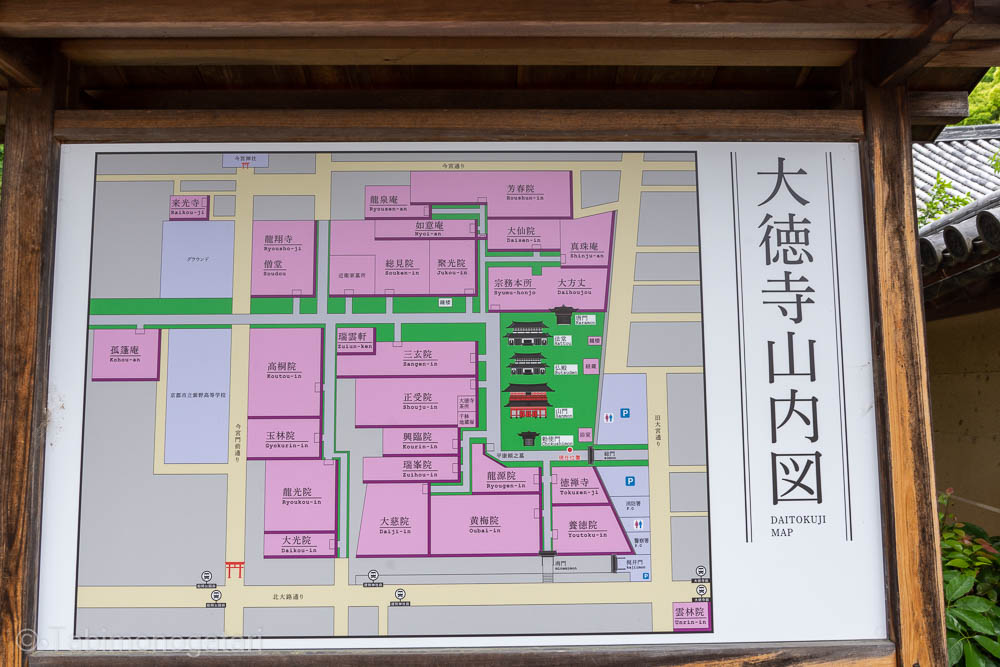
When entering the temple area, the sounds form the city vanish and you forget you are in a major city quickly.
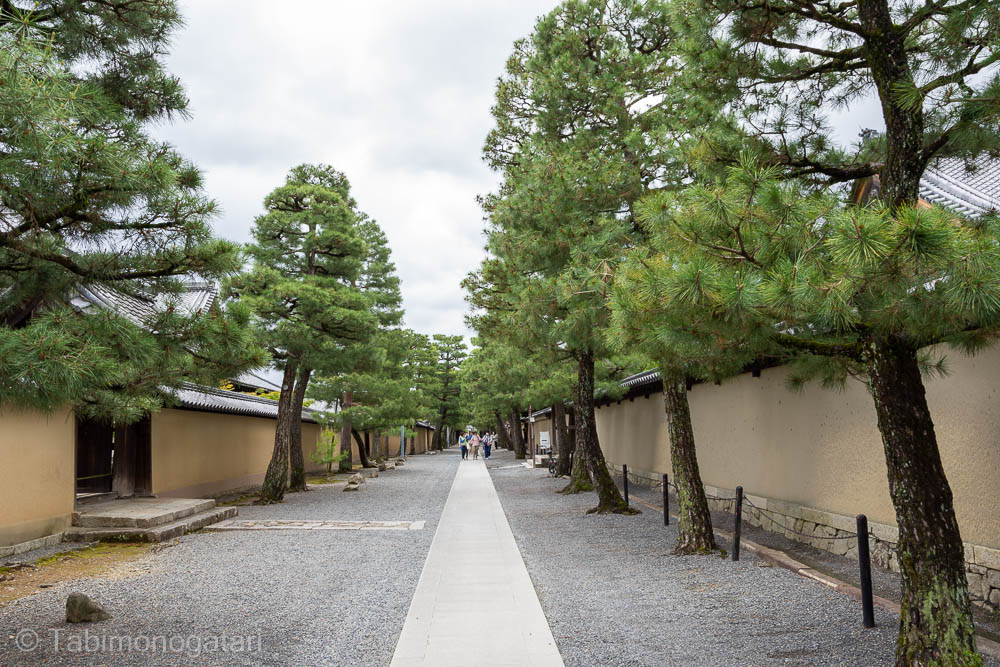
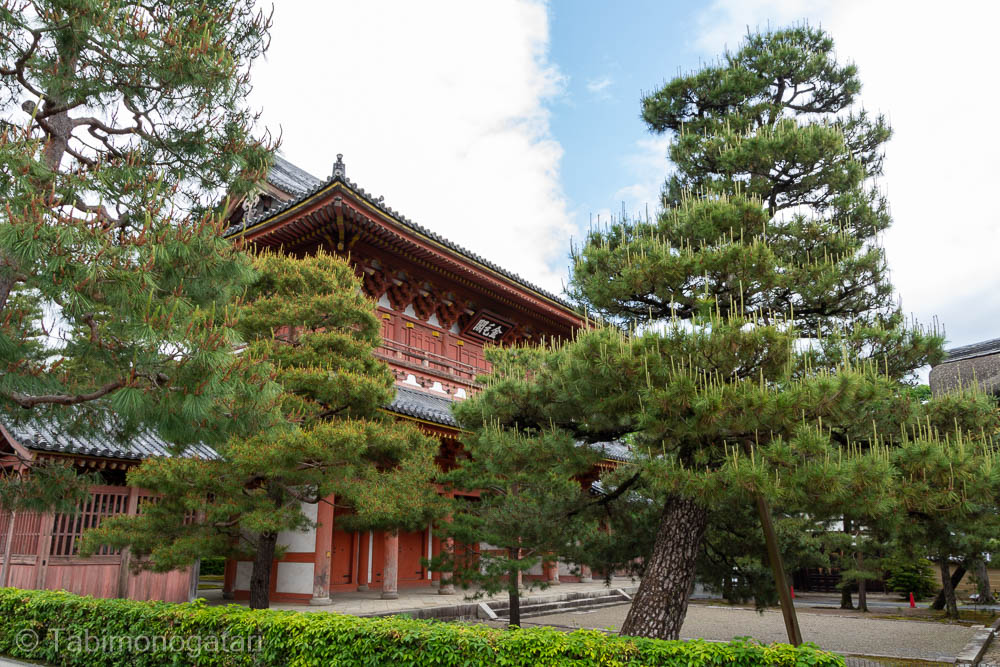
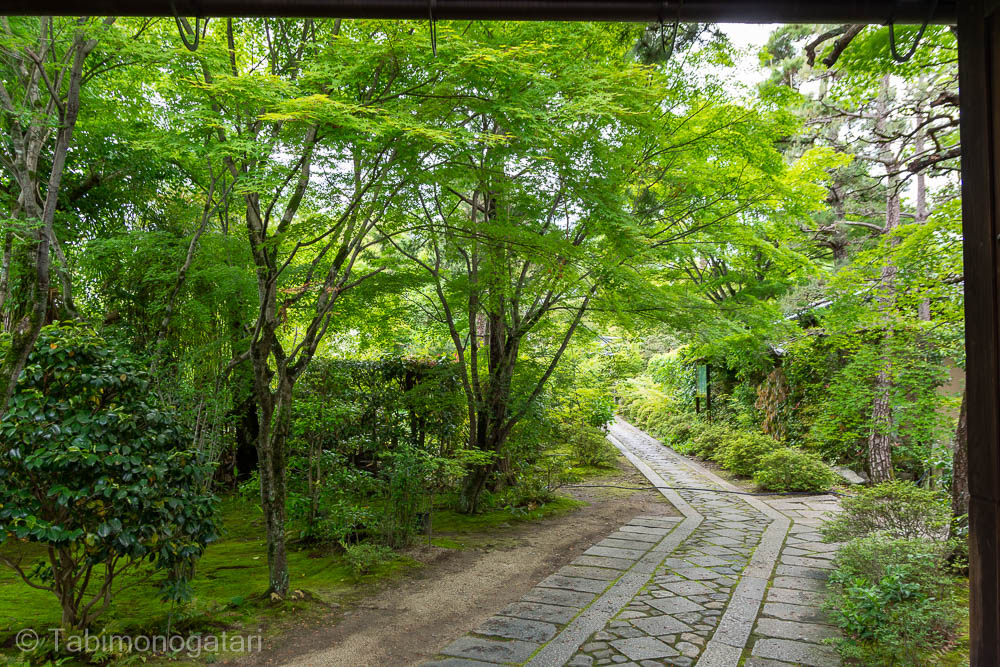
The first stop was Obai-in, a temple that was built by Oda Nobunaga in 1562 and renovated by Toyotomi Hideyoshi, two historic characters.
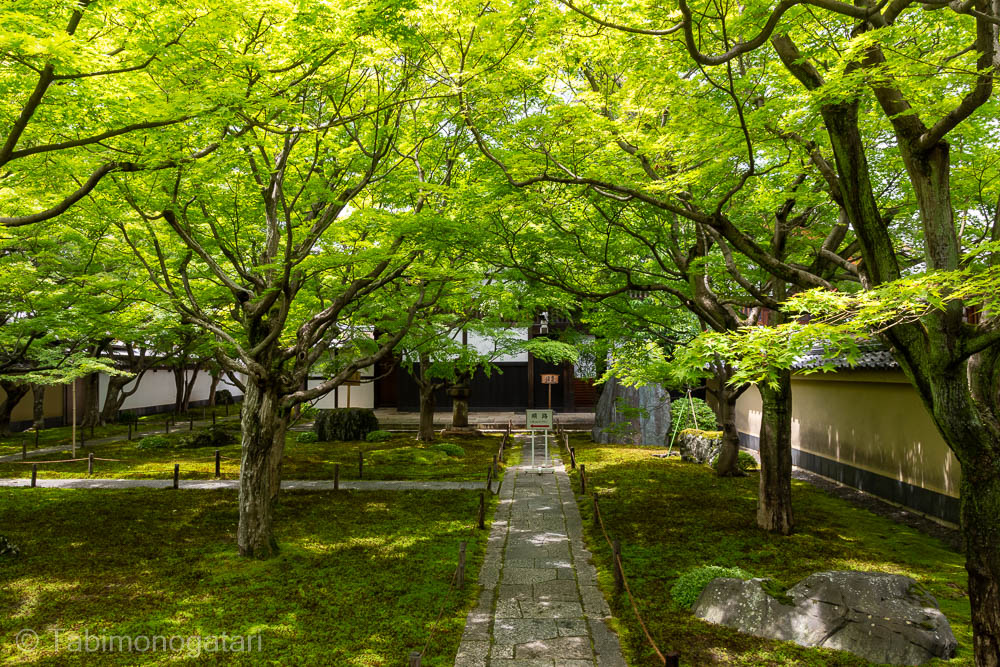
Inside is a dry landscape garden created by tea master Sen no Rikyu which was stunning to see with the fresh maple leaves. The temple opens for a few weeks in spring and autumn only, so if you are in Kyoto at the right time you must visit. Sadly, photography was not permitted, so here some photos from the website.
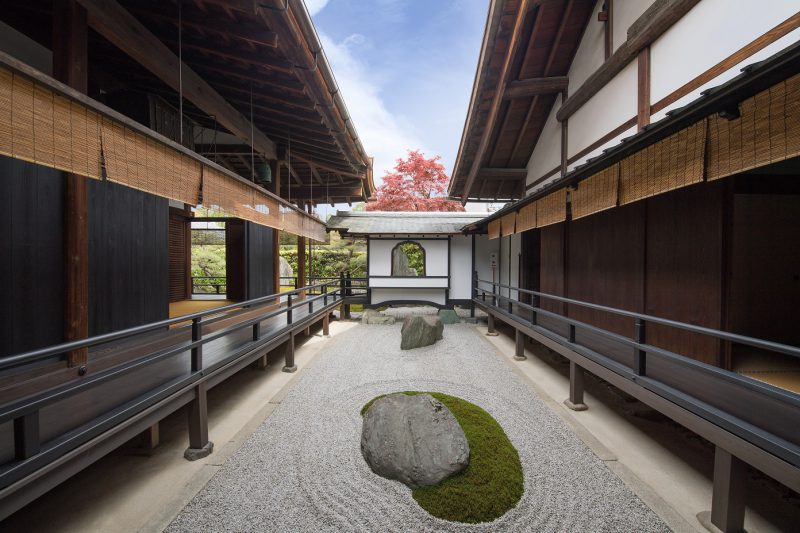
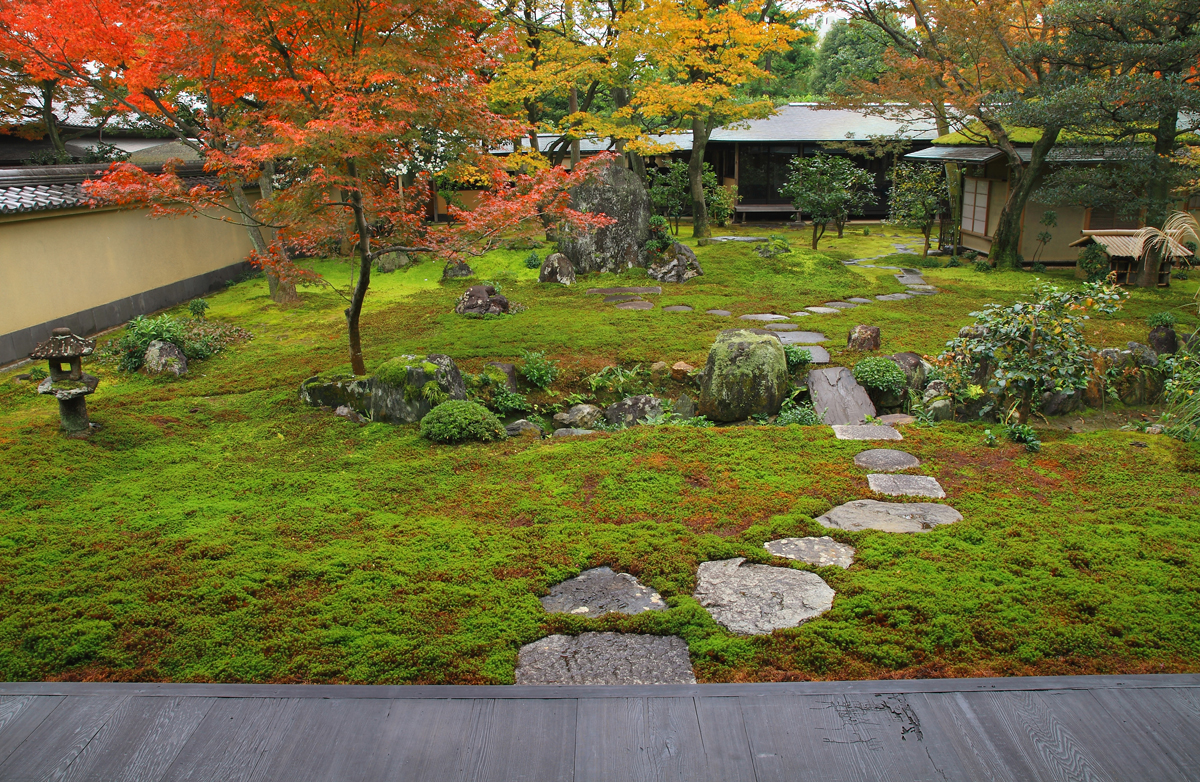
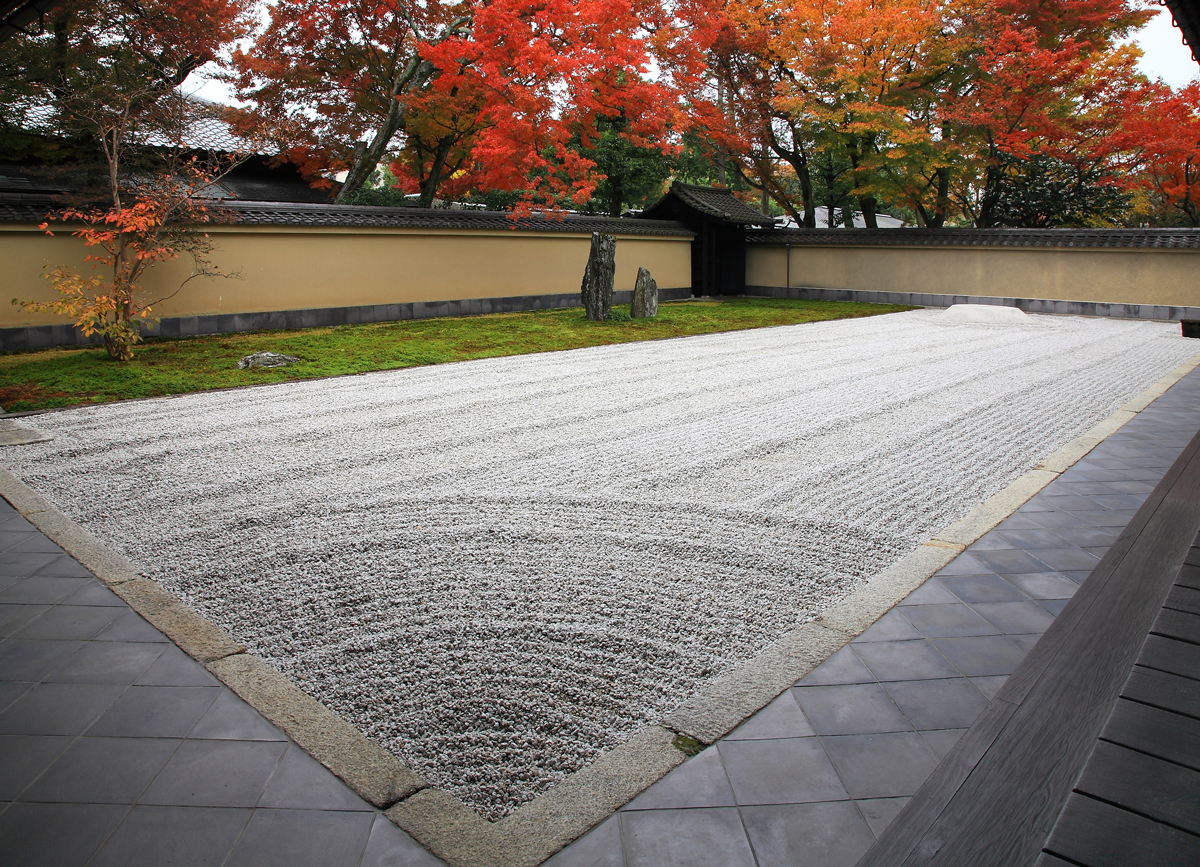
Another temple that is temporarily opened is Kōrin-in, which features a main hall from the Muromachi period and a stone garden.
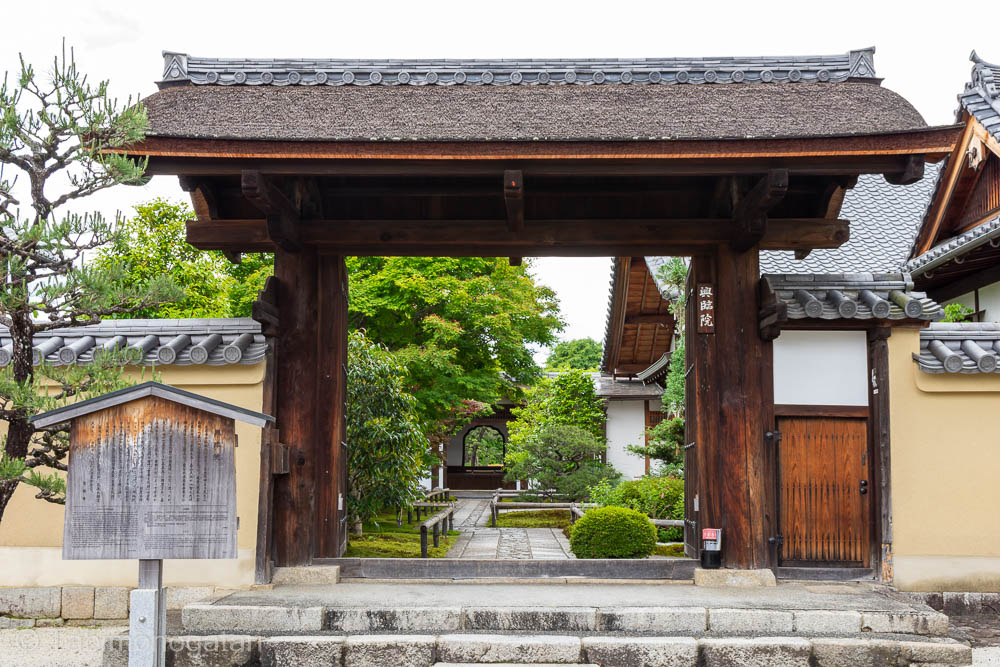
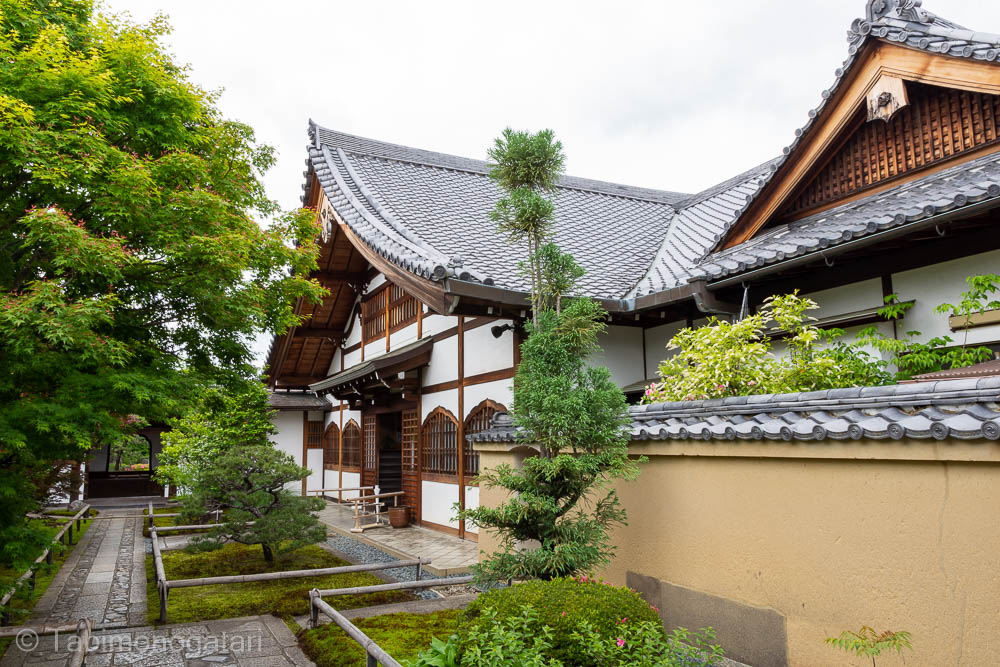
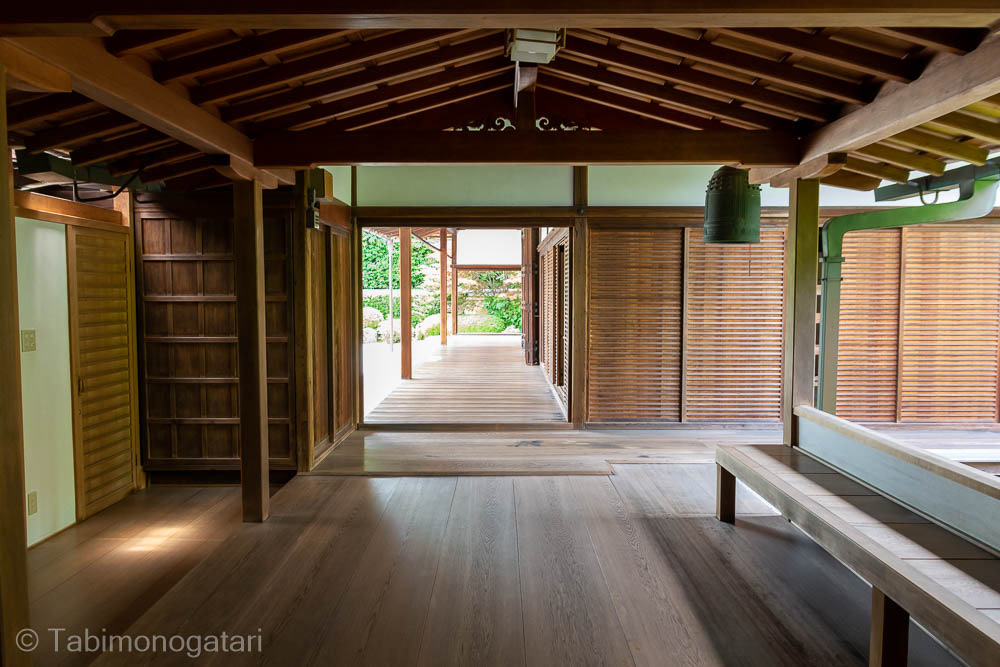
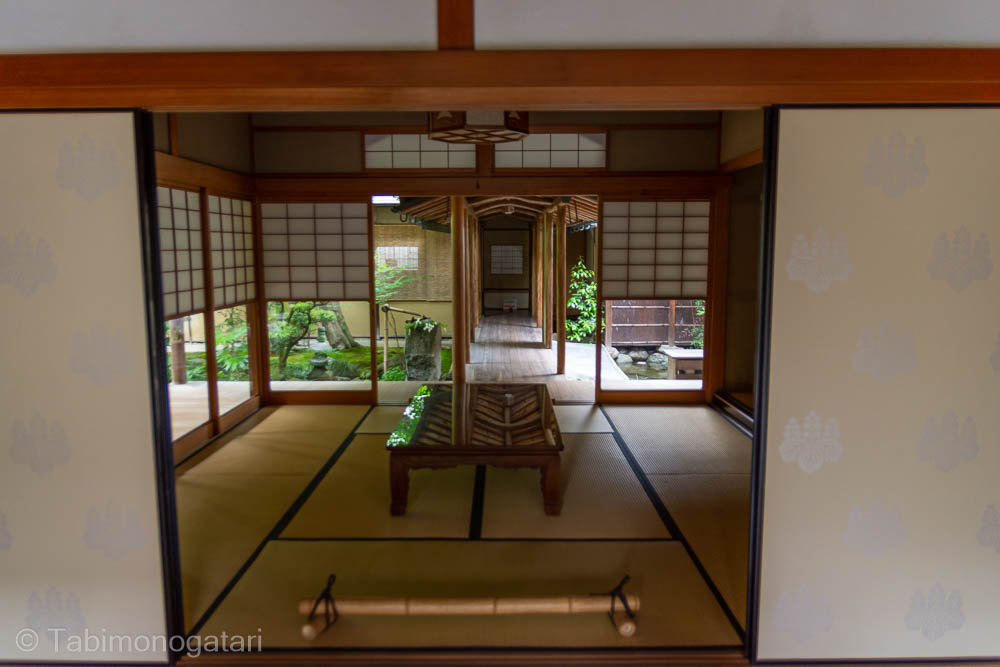

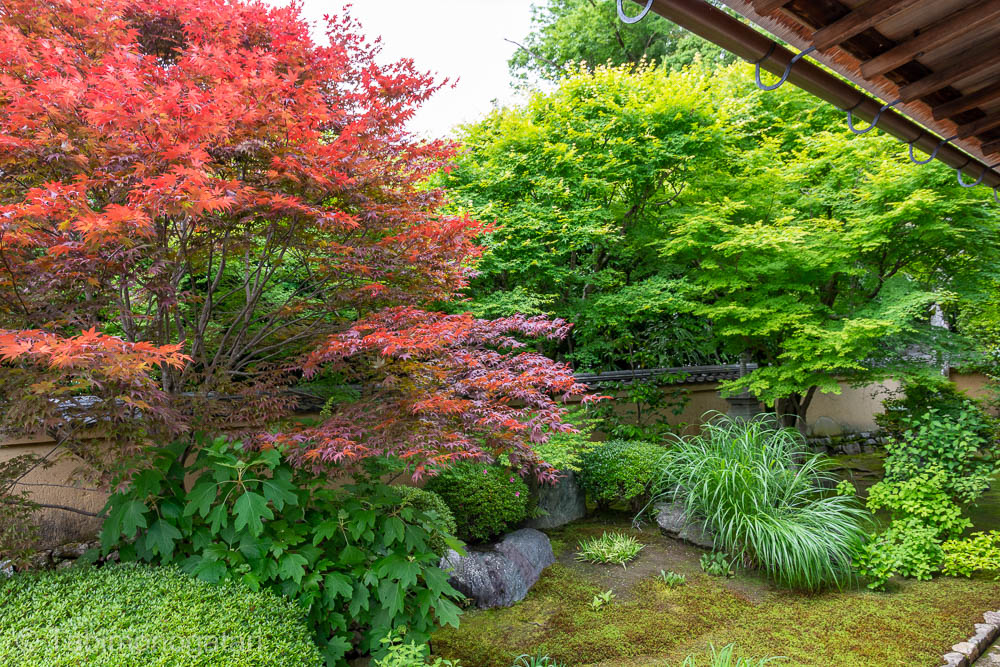
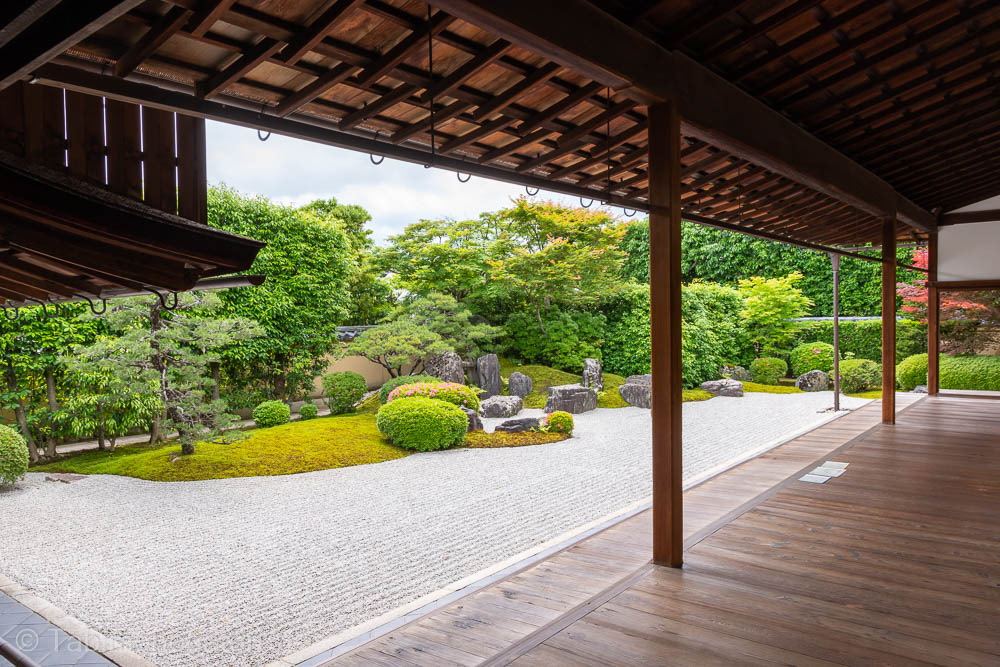
The third temple I went to, Daisen-in, is open the whole year. Here I also cannot show you pictures, sorry. Here you can find one of the most intricate rock gardens in Japan. At the entrance I was given a booklet that explained the meaning of each stone and element in the garden which helped much to appreciate the detail.
After that rich experience I made my way south through the residential area. On the way I passed Funaka Onsen, a bathhouse I plan to visit another time. Close by is the café Sarasa which was built in a former sento. Further along the way, along Nishioji-dori is the tsukemono shop Kintame where I bought some pickled vegetables for home, a famous dish from Kyoto.
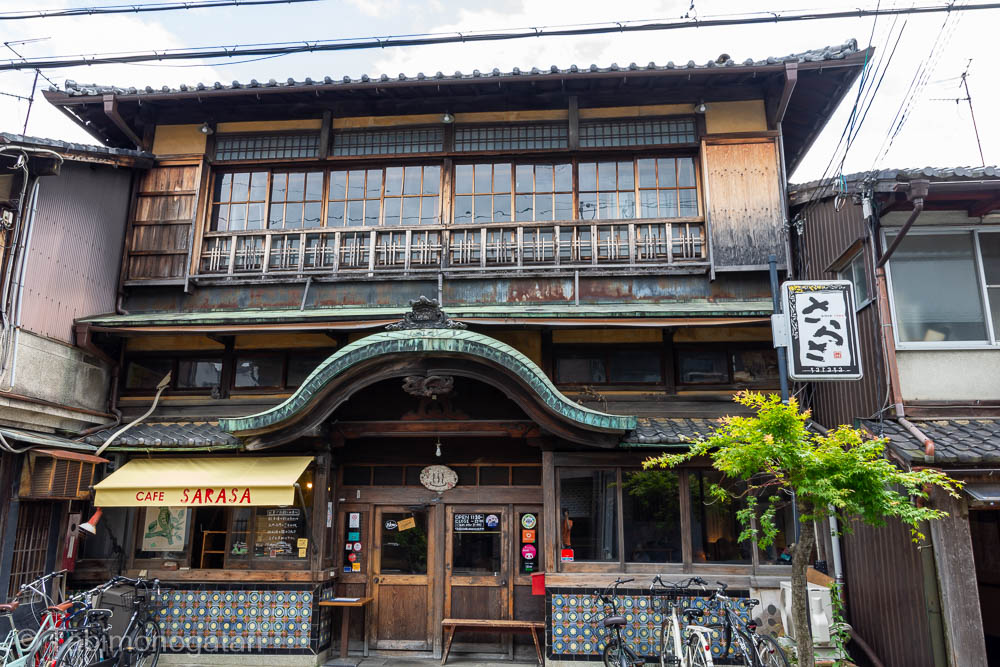
For lunch I went to Shikura, a restaurant famous for their Yokohama Iyakei style ramen. The place is small and there is usually a wait, but I was lucky that I could walk in. The soy broth was rich and paired well with all the ingredients. Some aspects of the bowl can be customized, like the firmness of the noodles and the richness of the broth. Together with an egg and a small bowl of rice it a was perfect meal after the long walk.
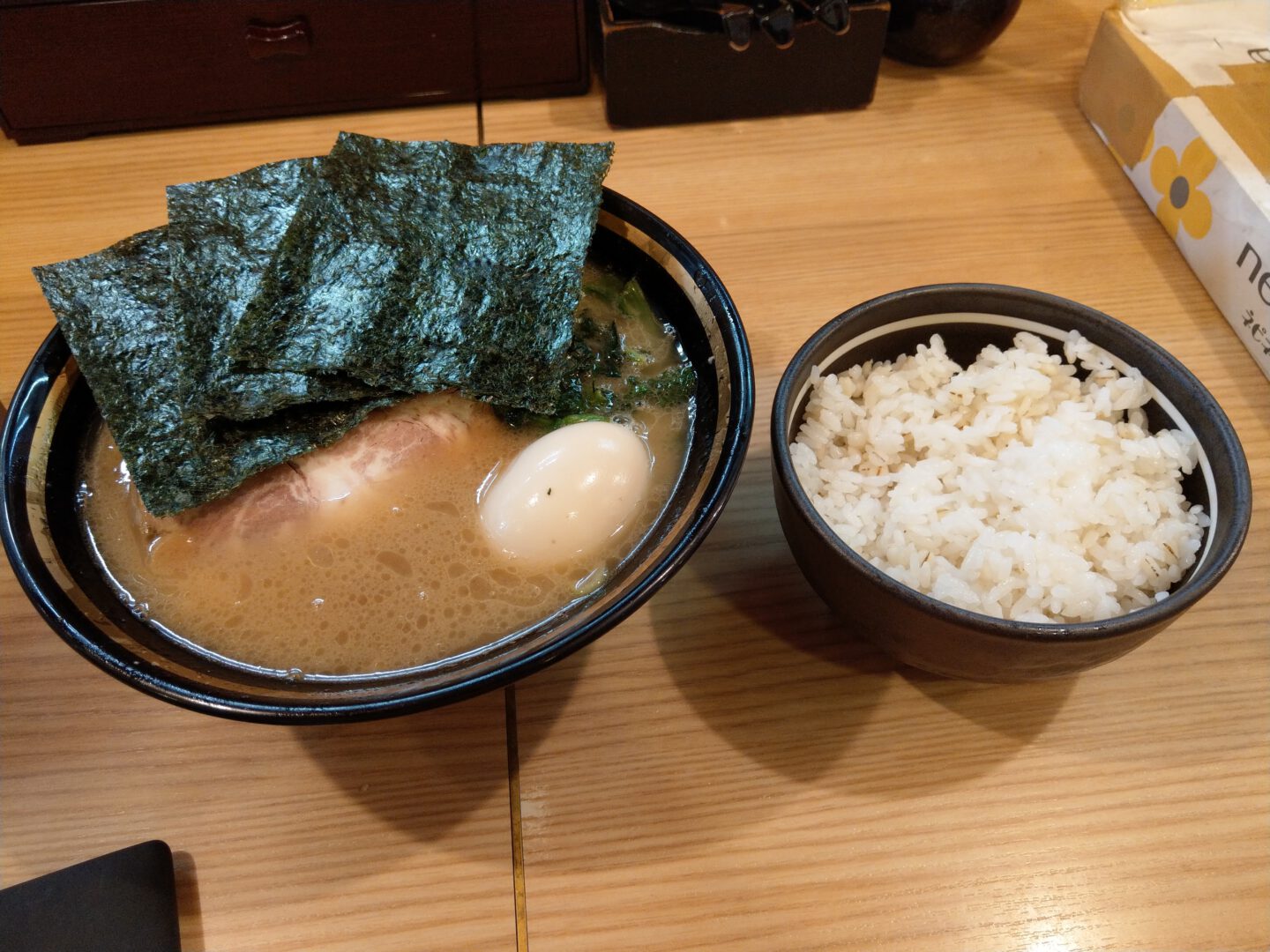
Next I passed by Hirano shrine which was a nice surprise as I did not plan to come here beforehand.
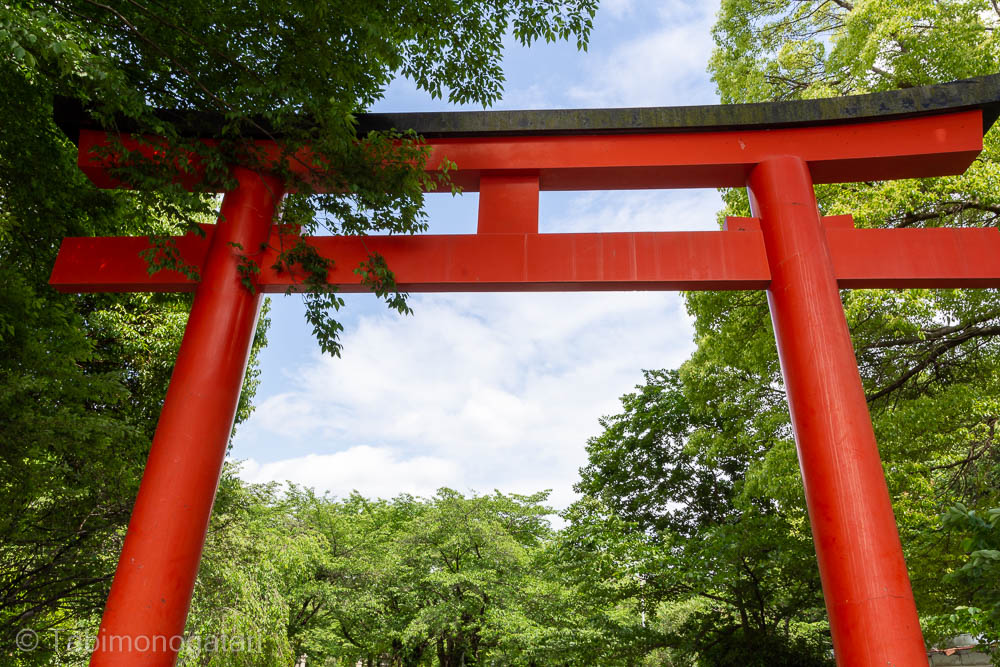
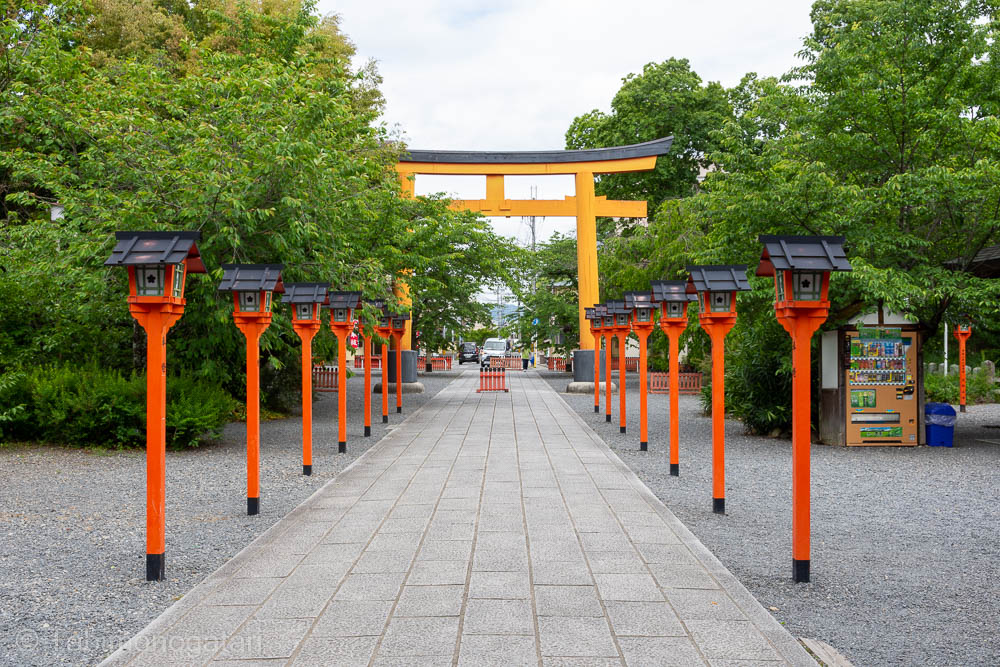
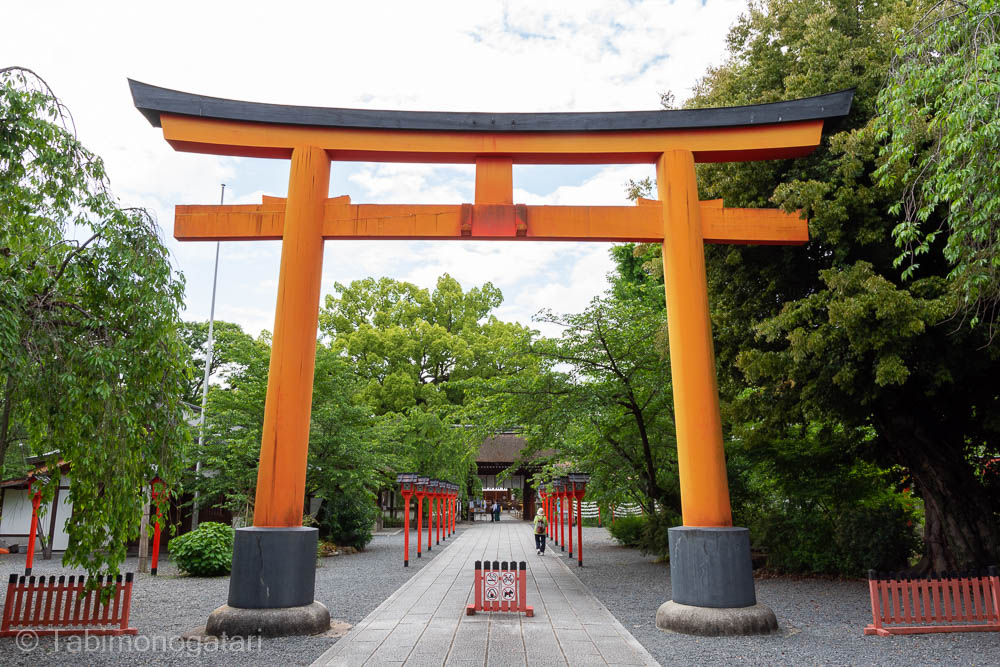
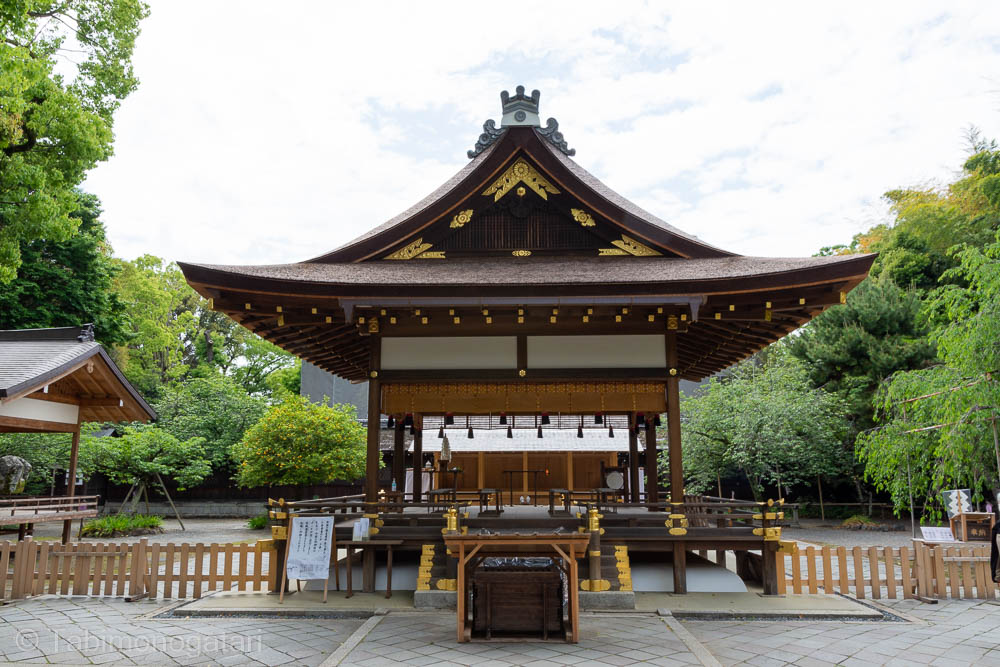
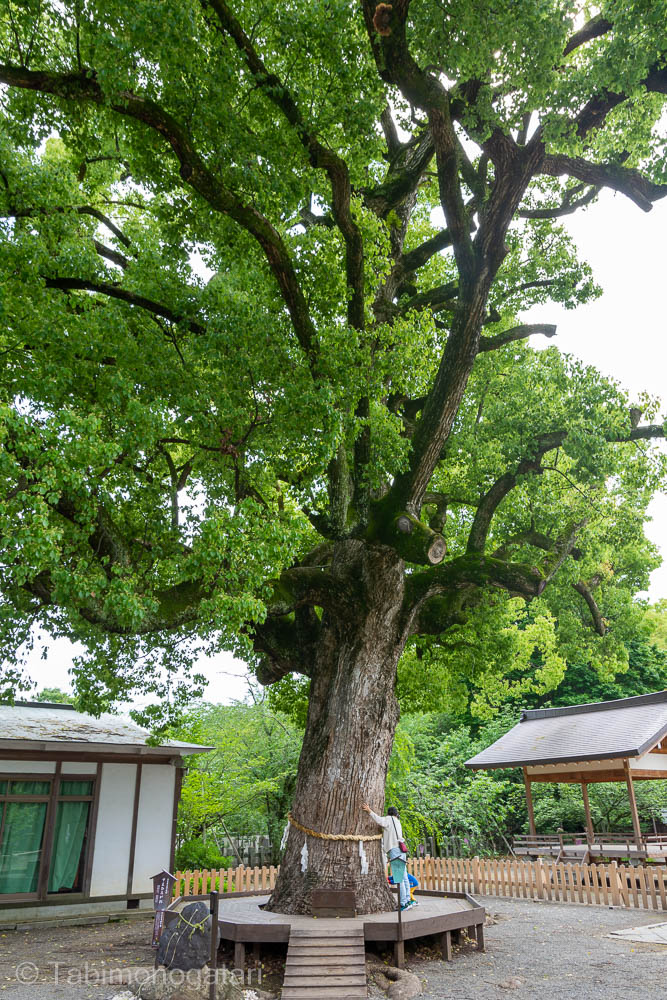
Kitano Tenman-gū is a major shrine with a maple garden that I visited next. The approach to the shrine is already majestic and you can see cow statues along the way which you can rub for good luck. The temple is a good place to pray for academic success, so many students come here before the entrance exam.
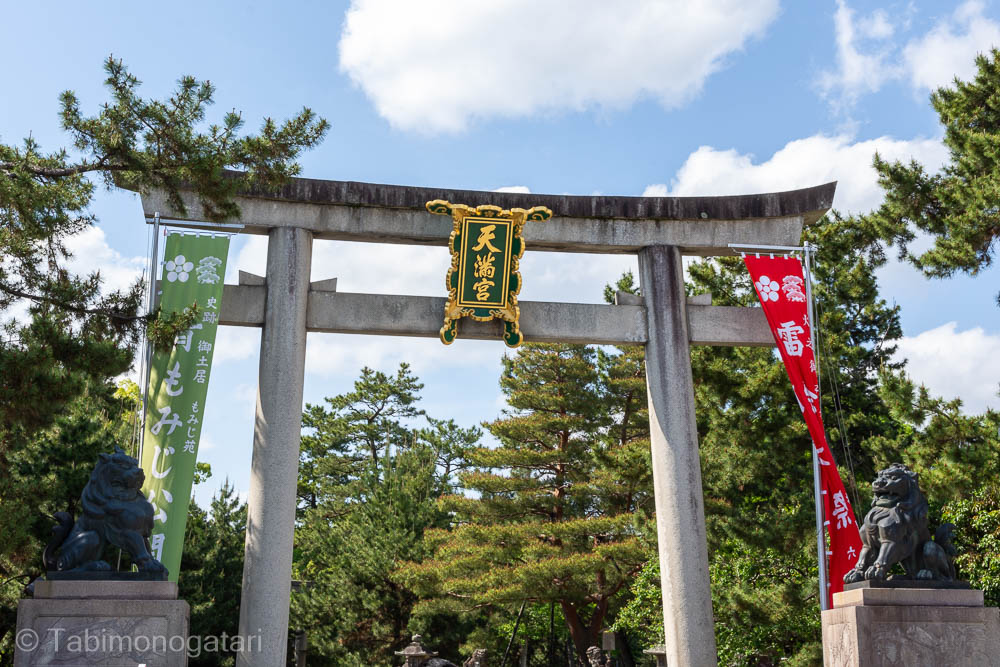
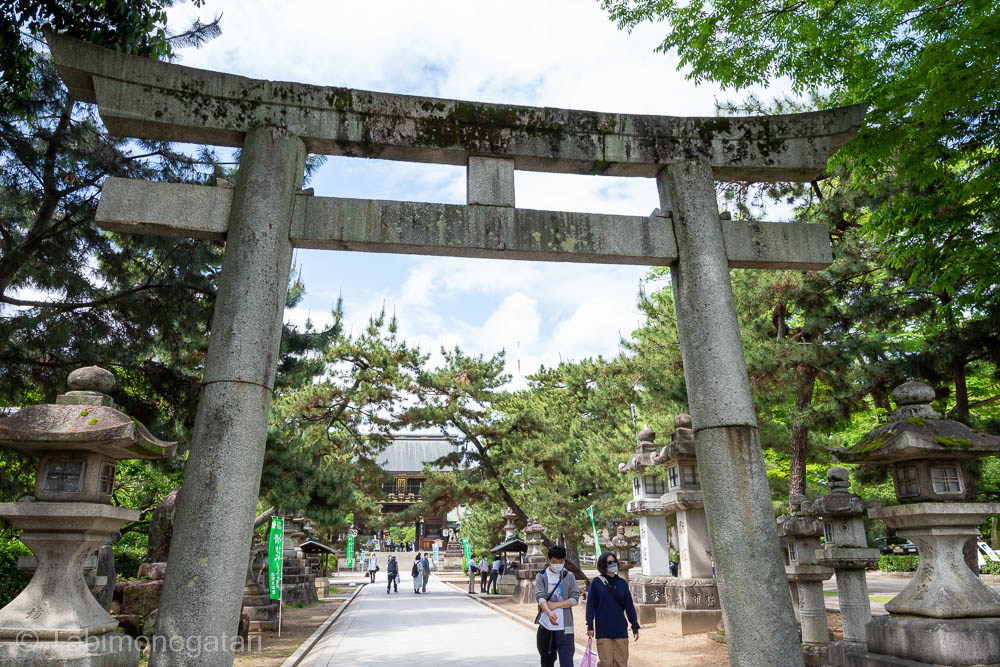
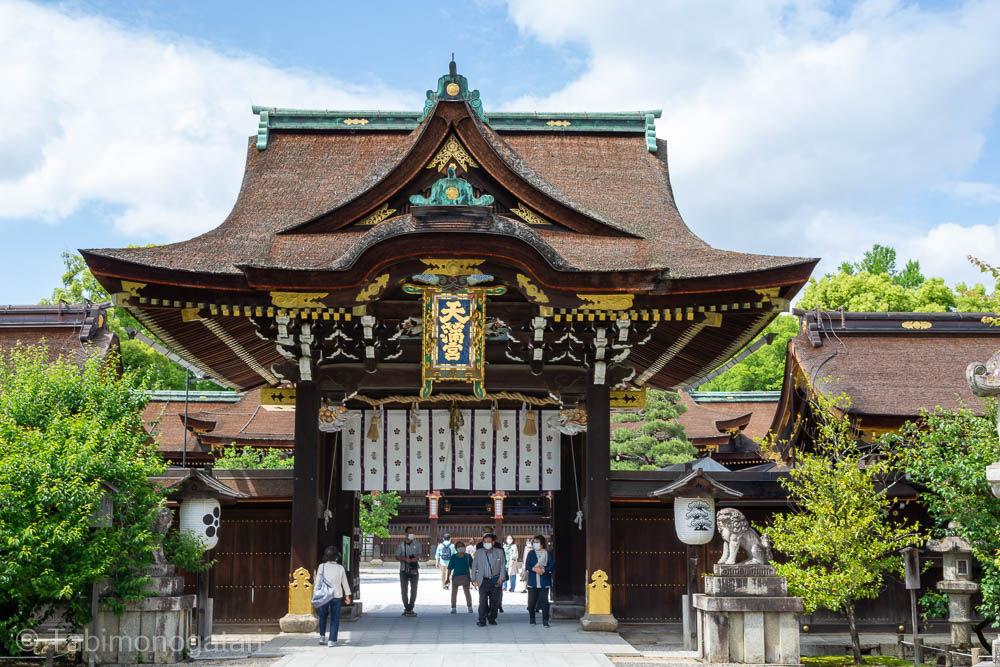
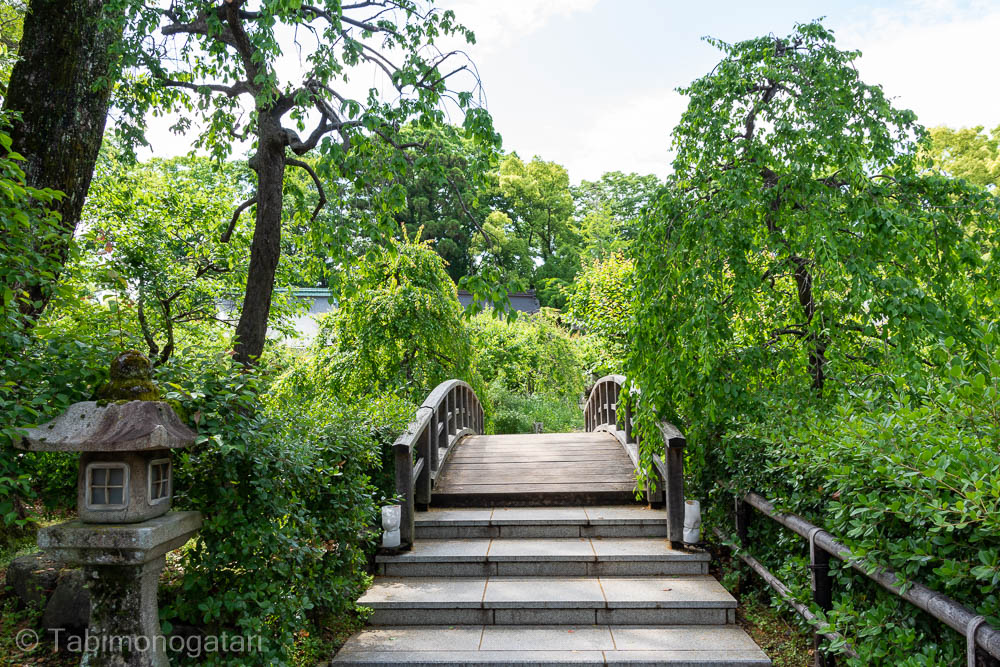
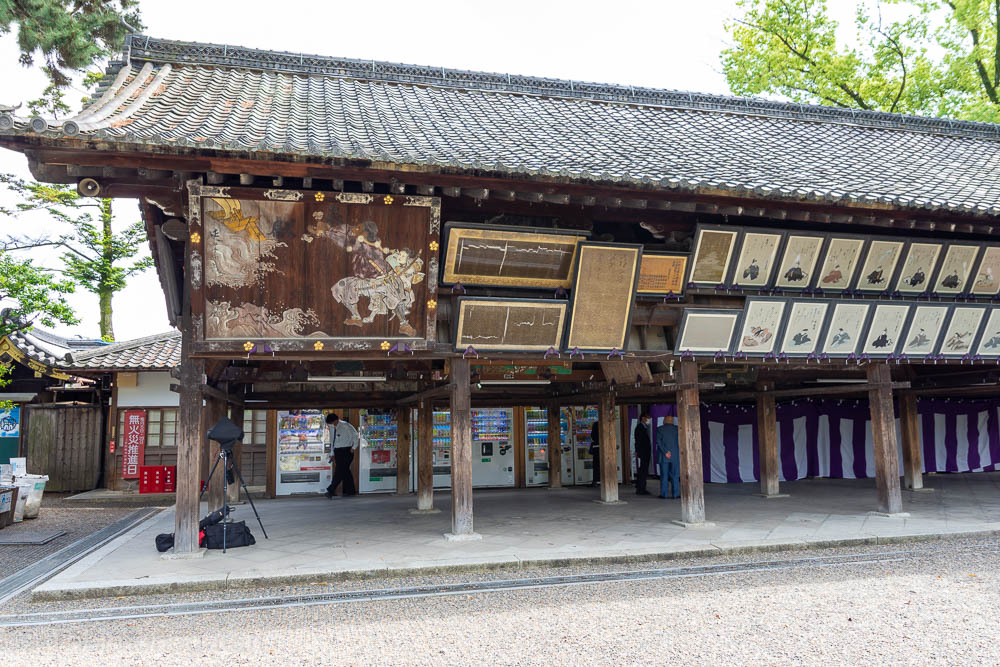
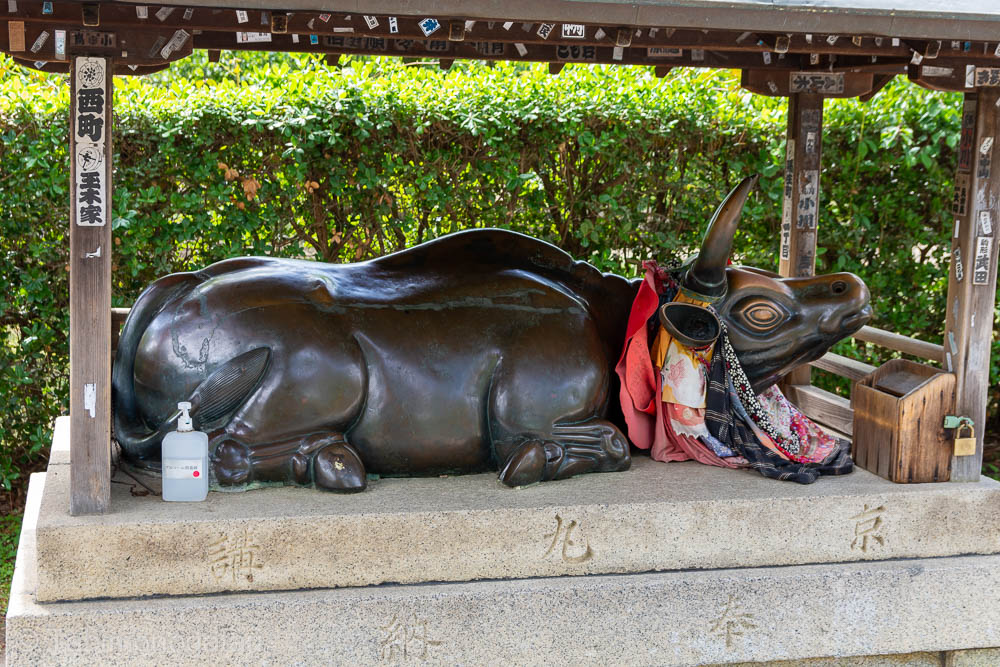
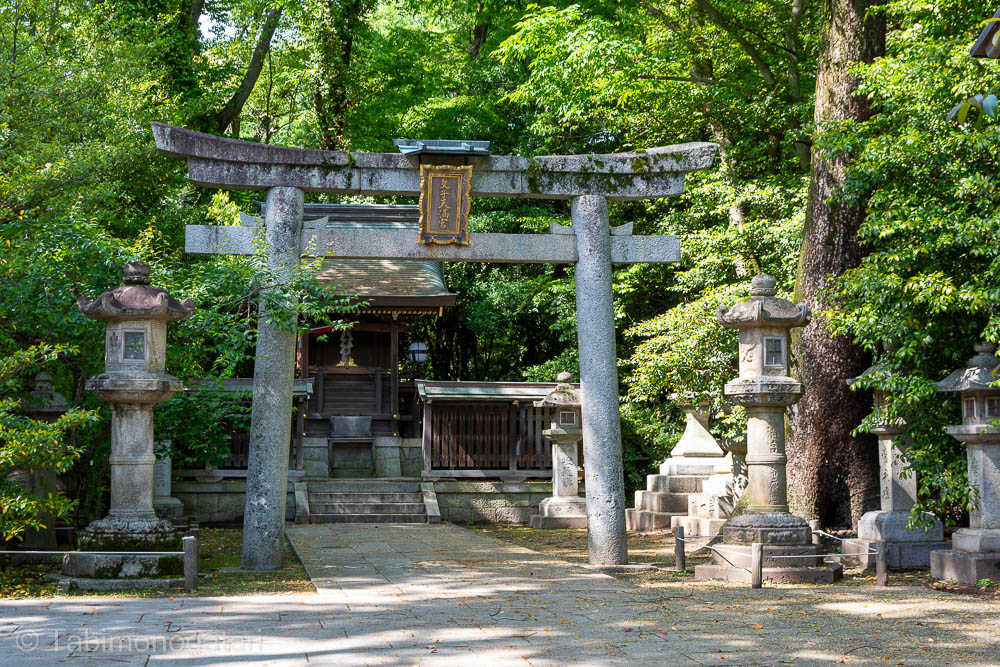
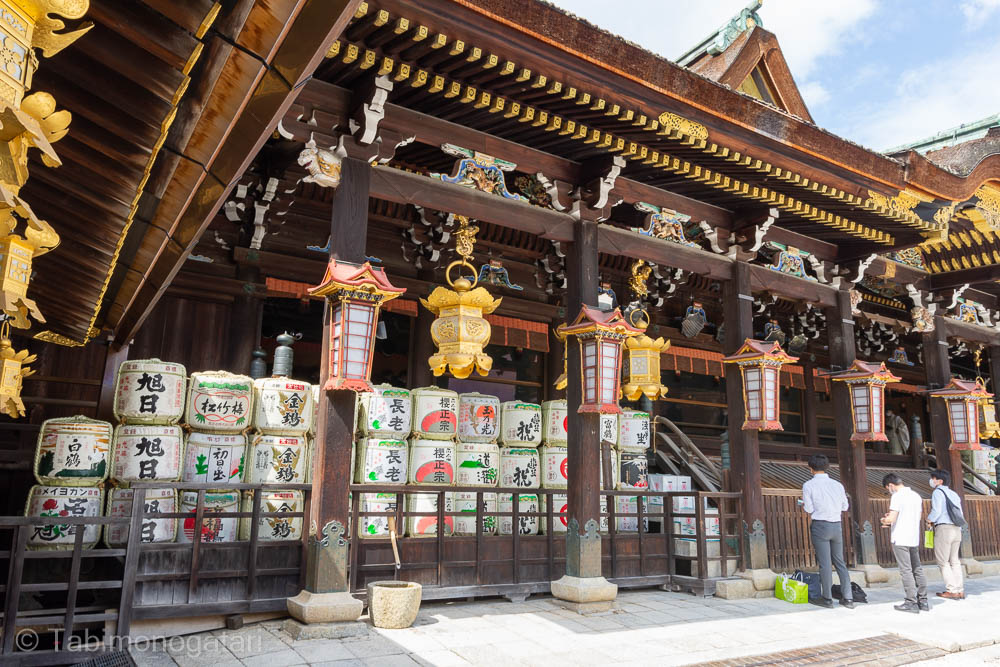
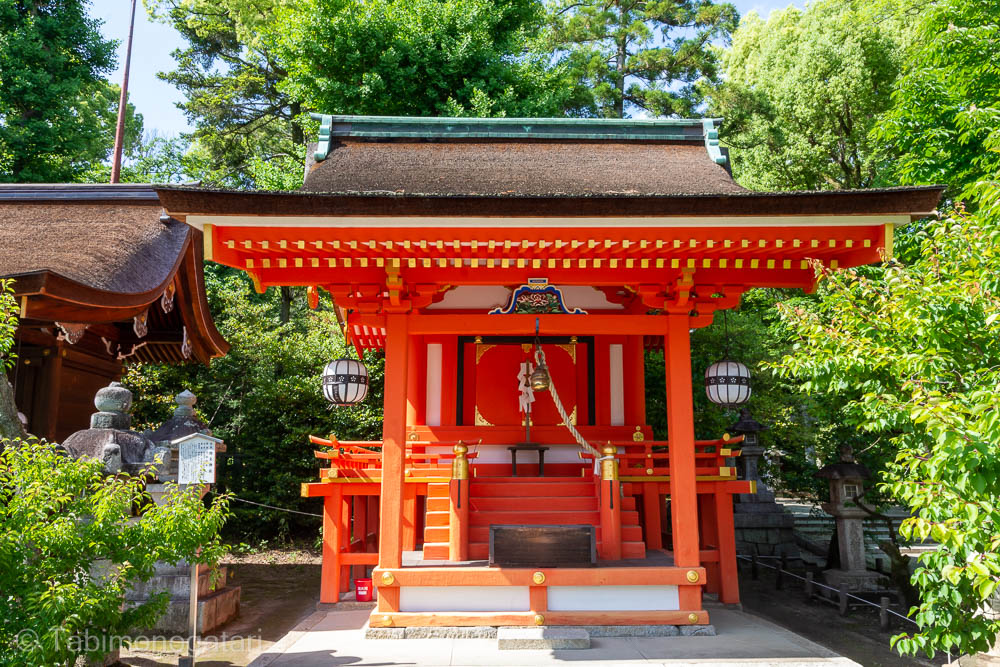
The shrine is also an excellent place to see seasonal plants. There is a plum grove that is lovely in February-March and a whole maple garden that I came to see. The maple garden was incredible. It felt more alike a forest than a park and you forget you are in the city. The maples turn red in November which makes the garden even more beautiful. Now is the better time to appreciate the red bridge though.
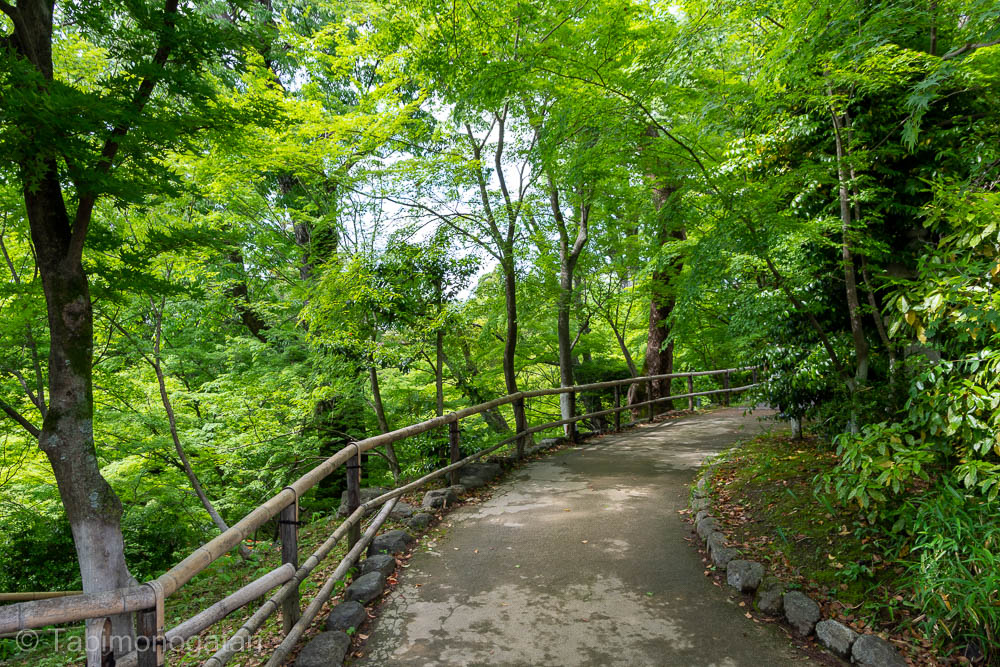
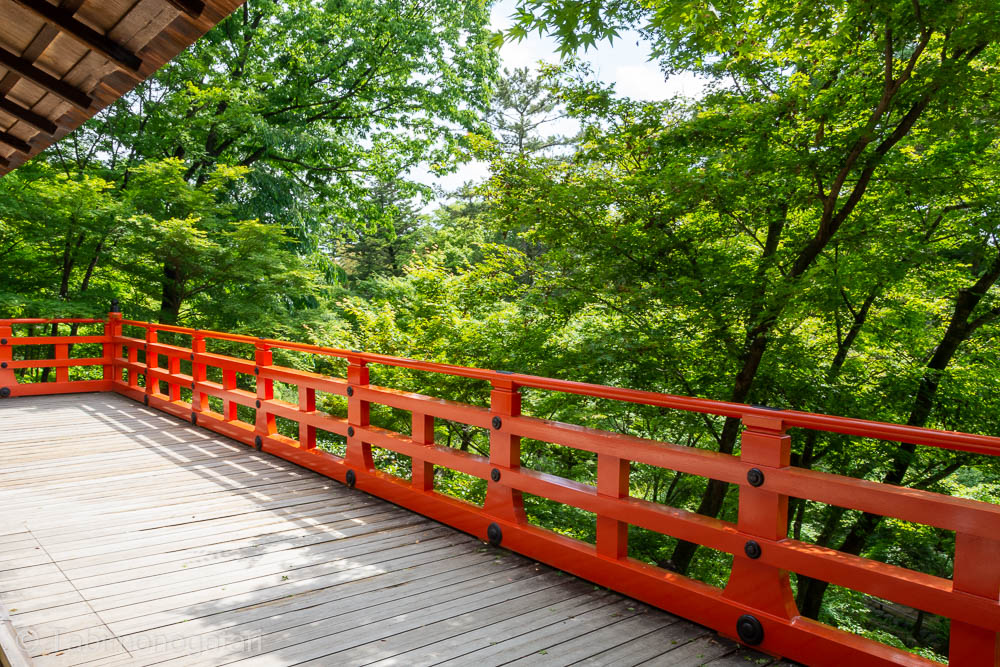
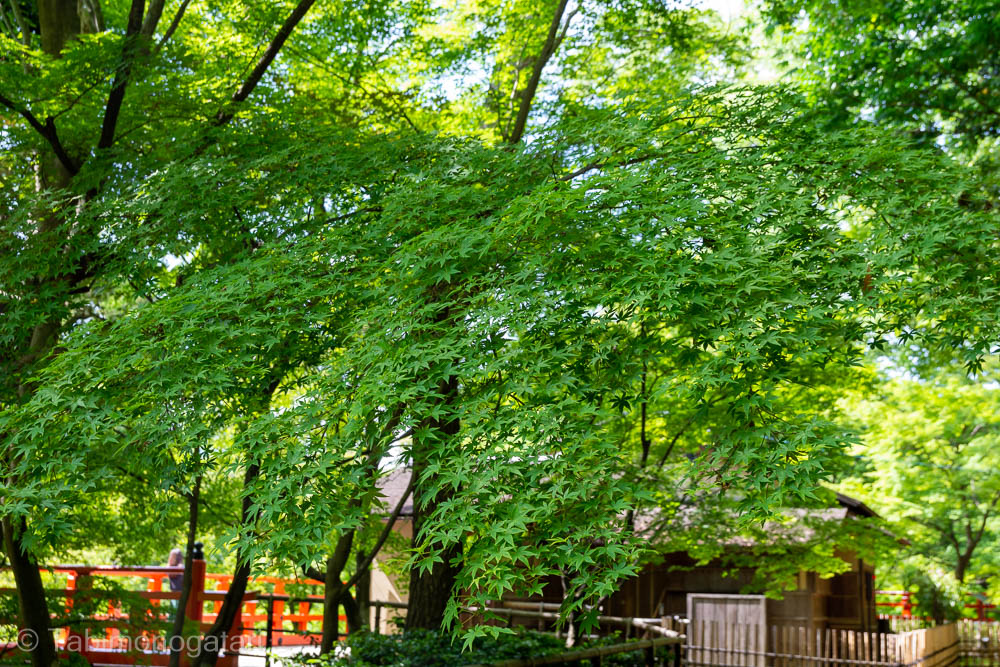
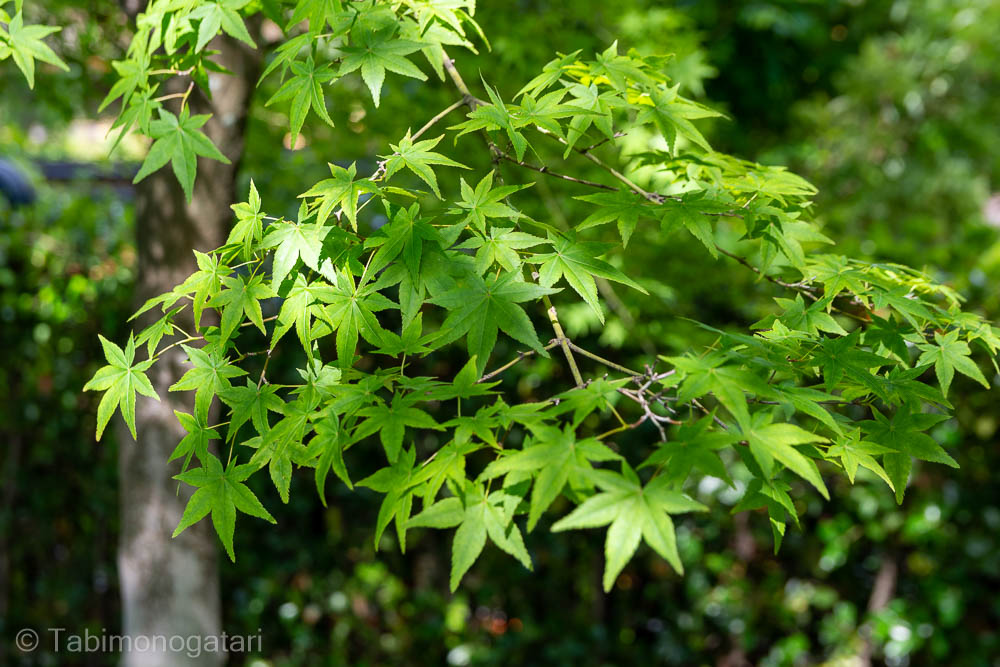
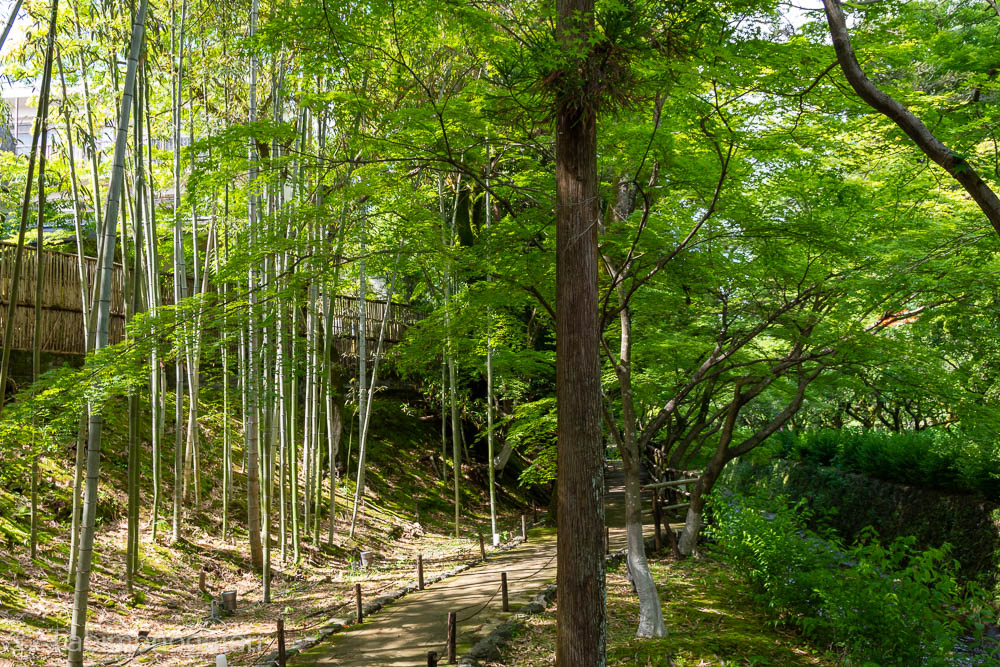
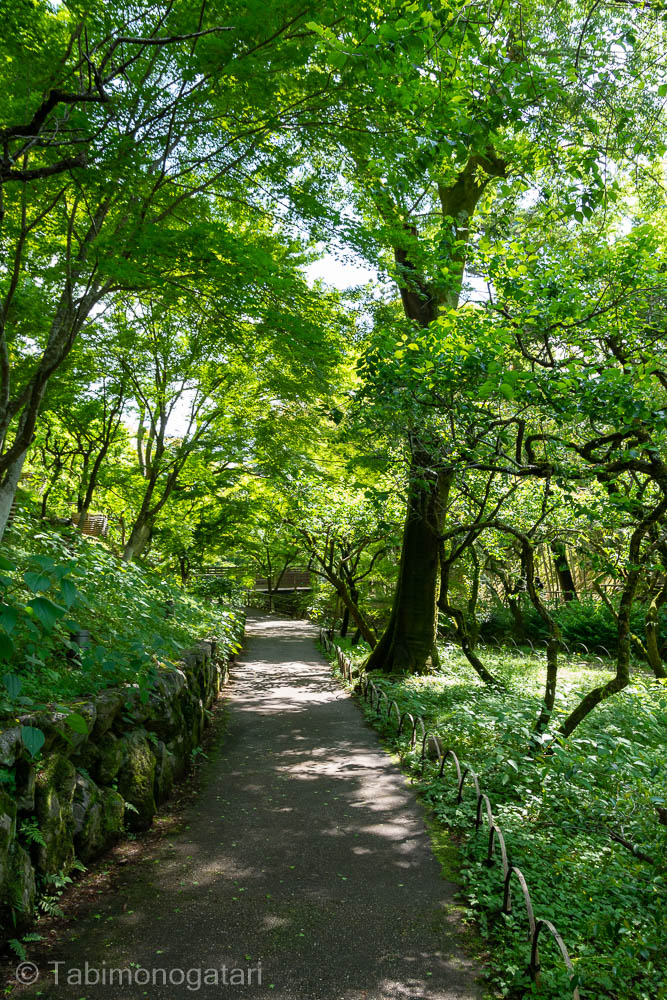
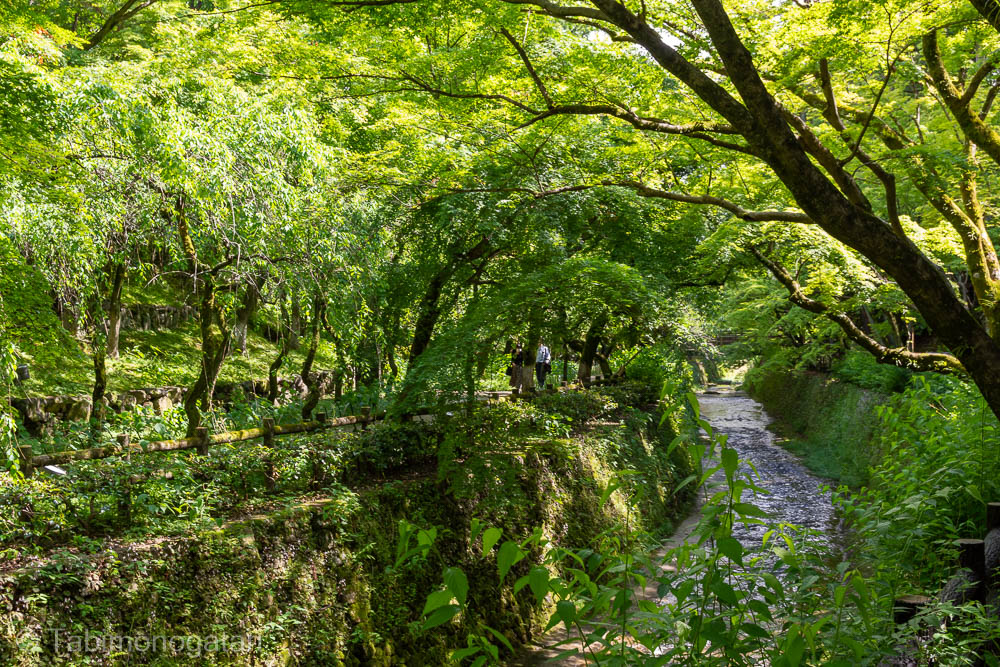
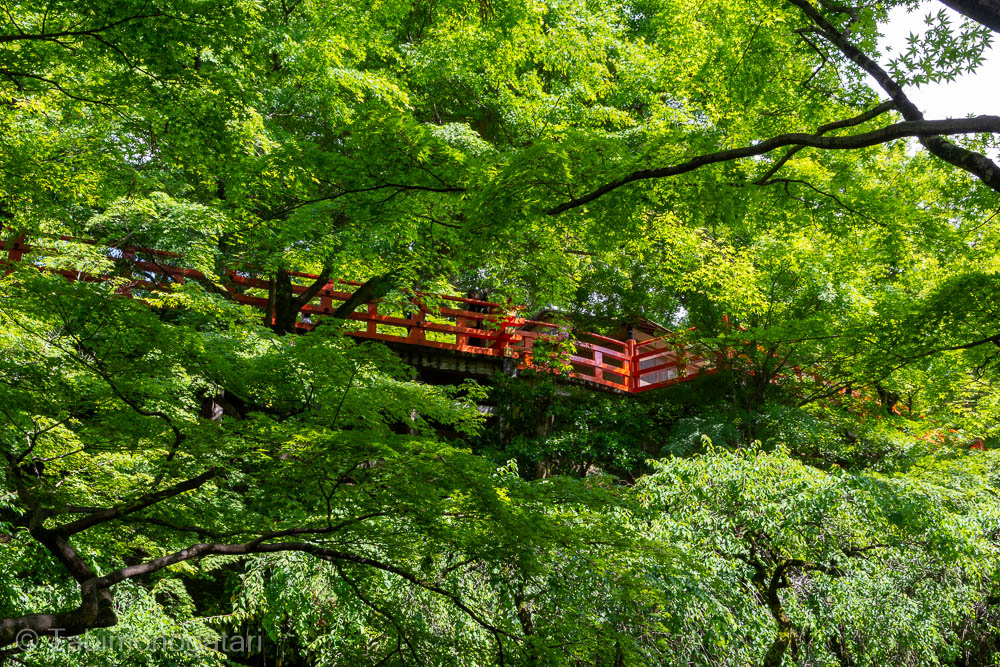
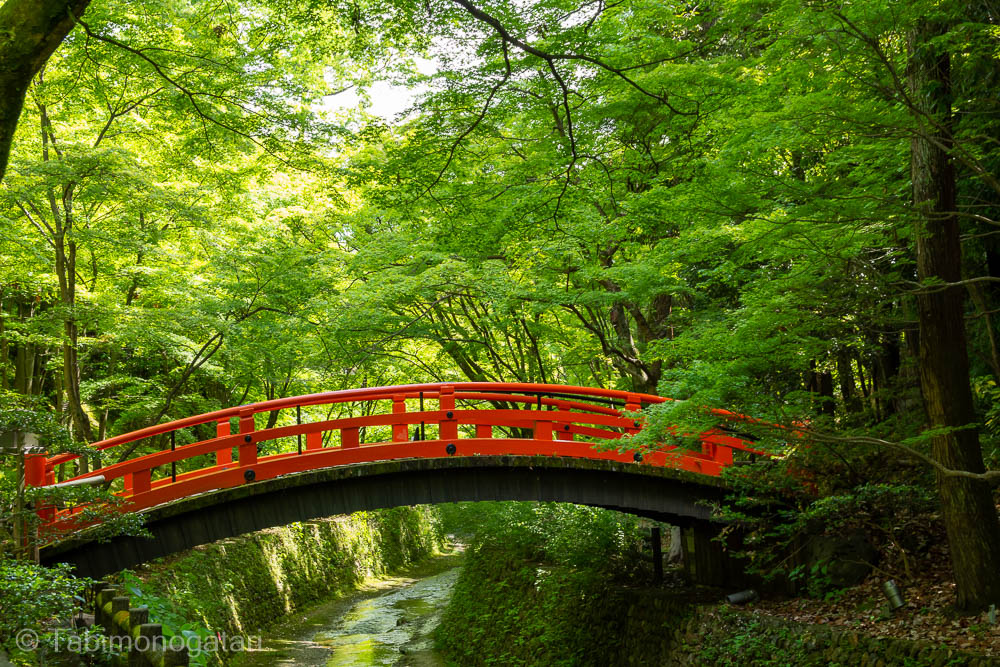
The last stop on my hike was Myōshin-ji, another zen temple complex of the Rinzai sect. There I was particularly interested to see Taizo-in and the garden.
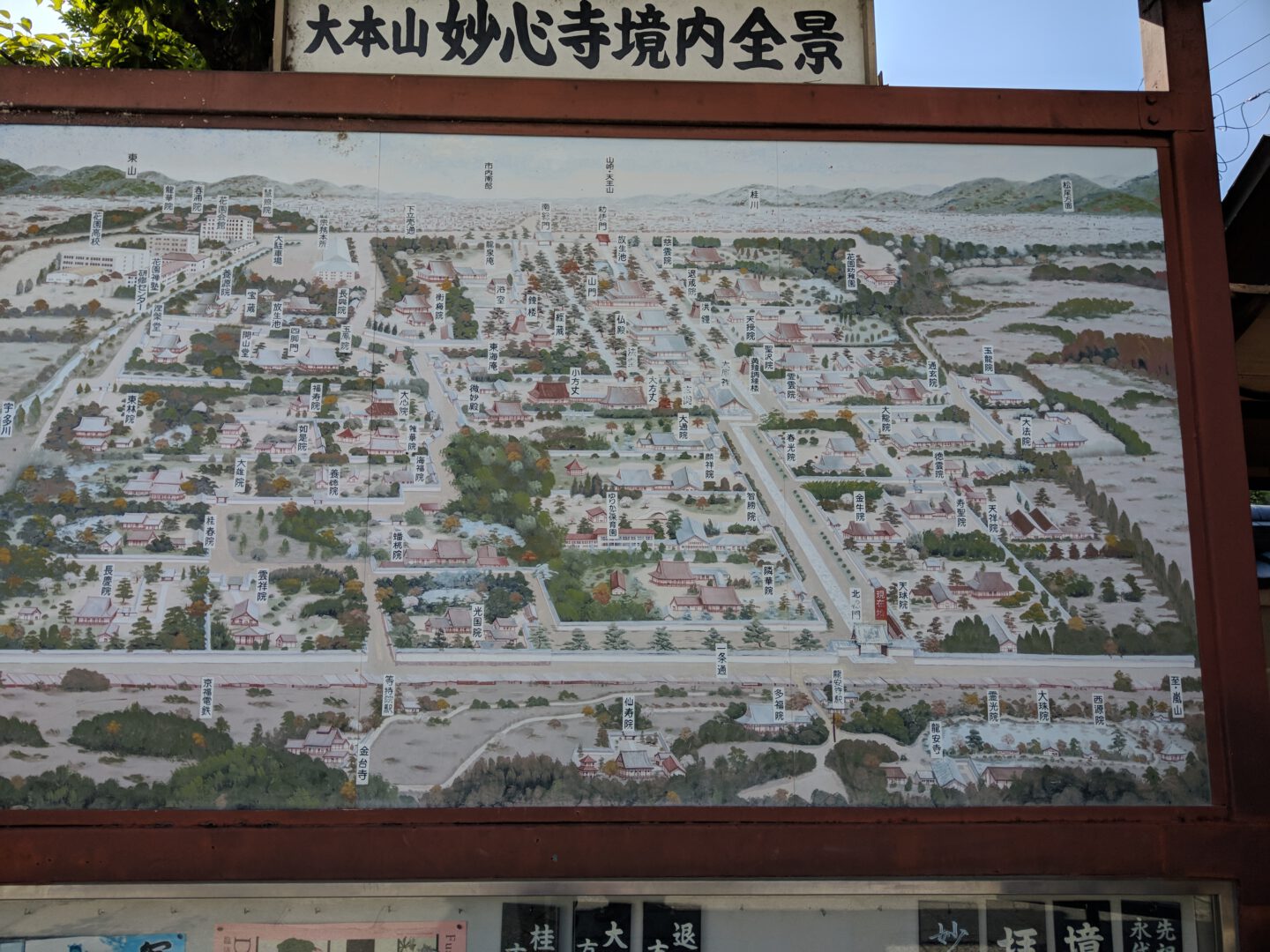
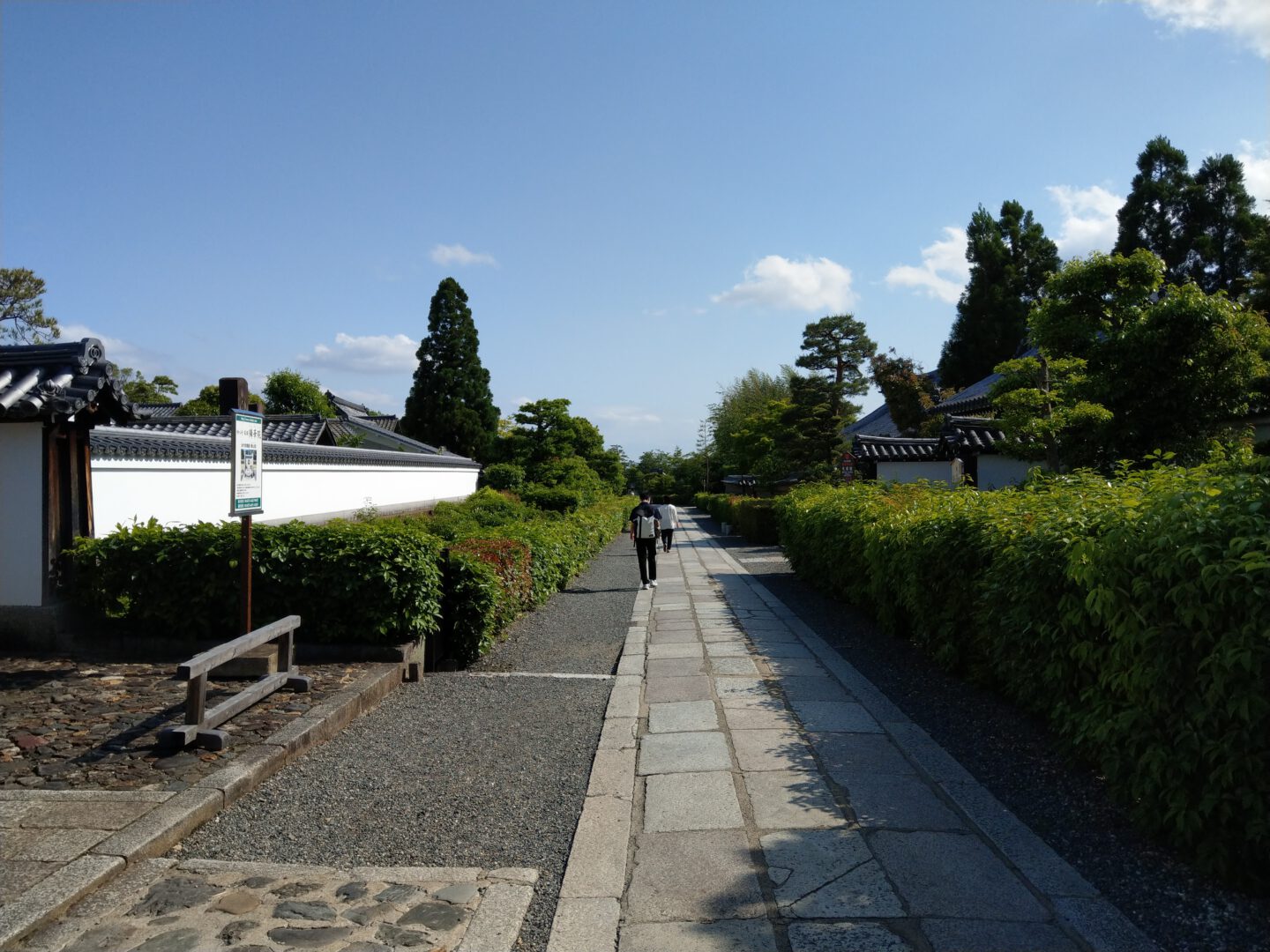
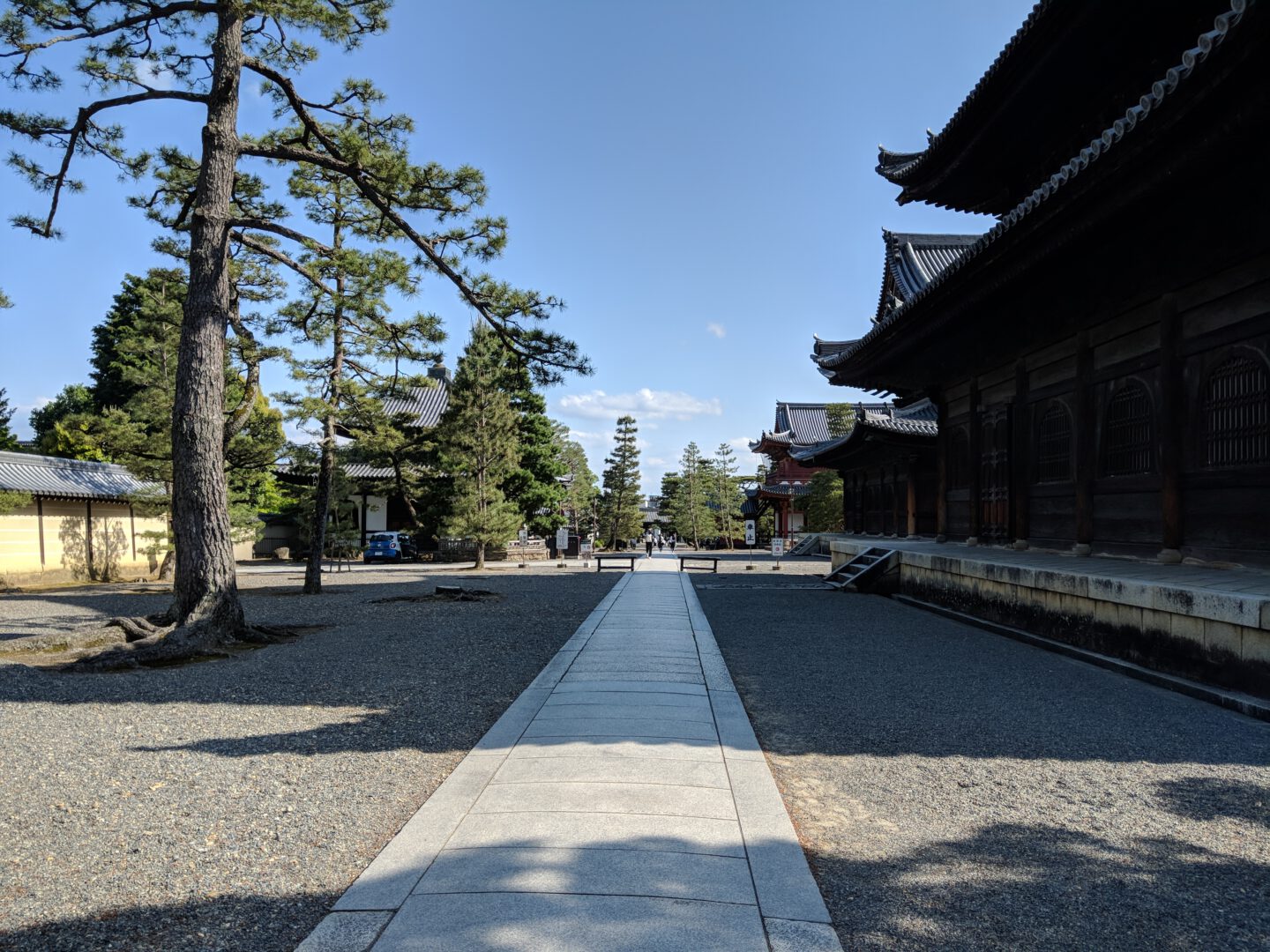
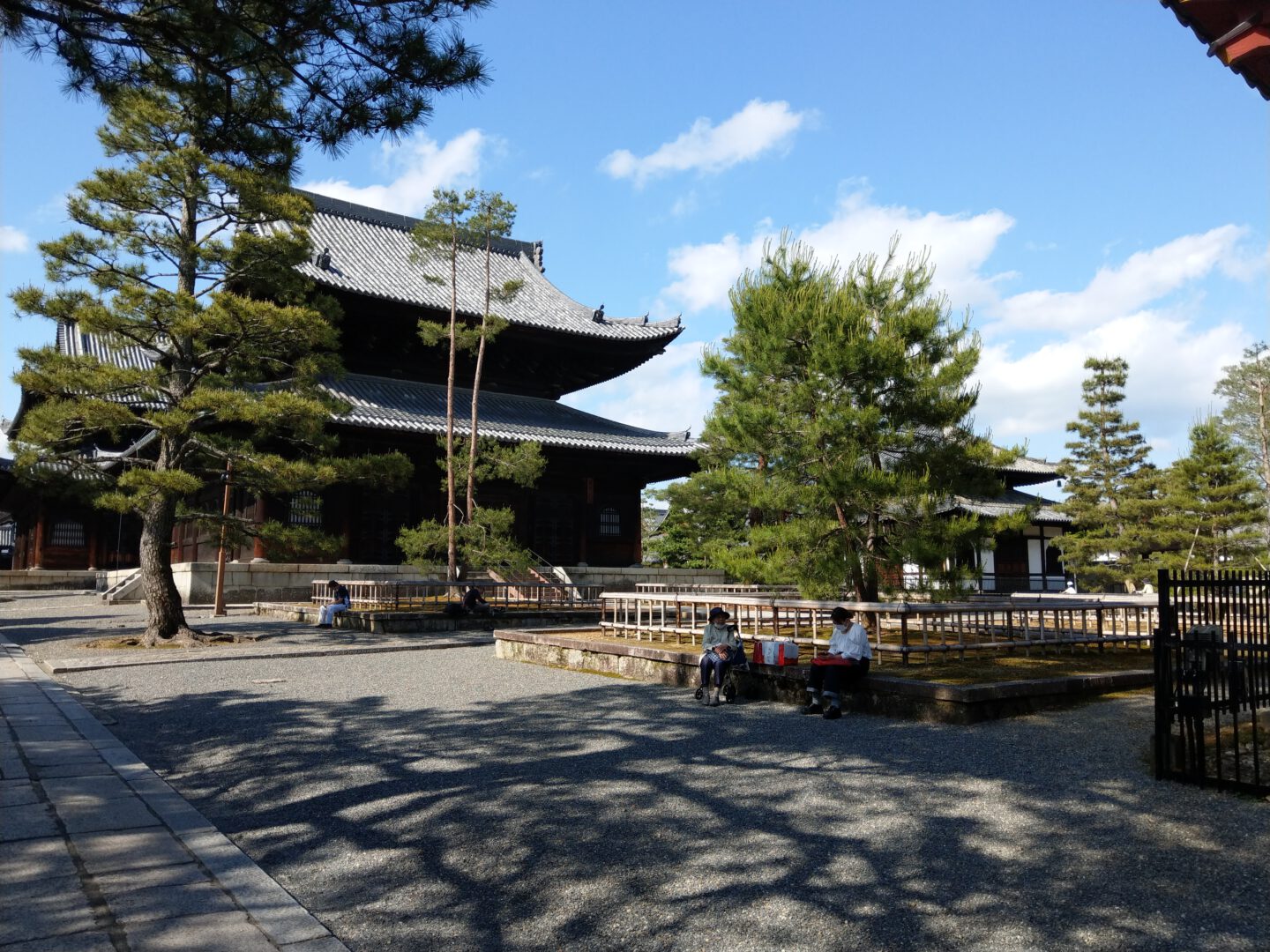
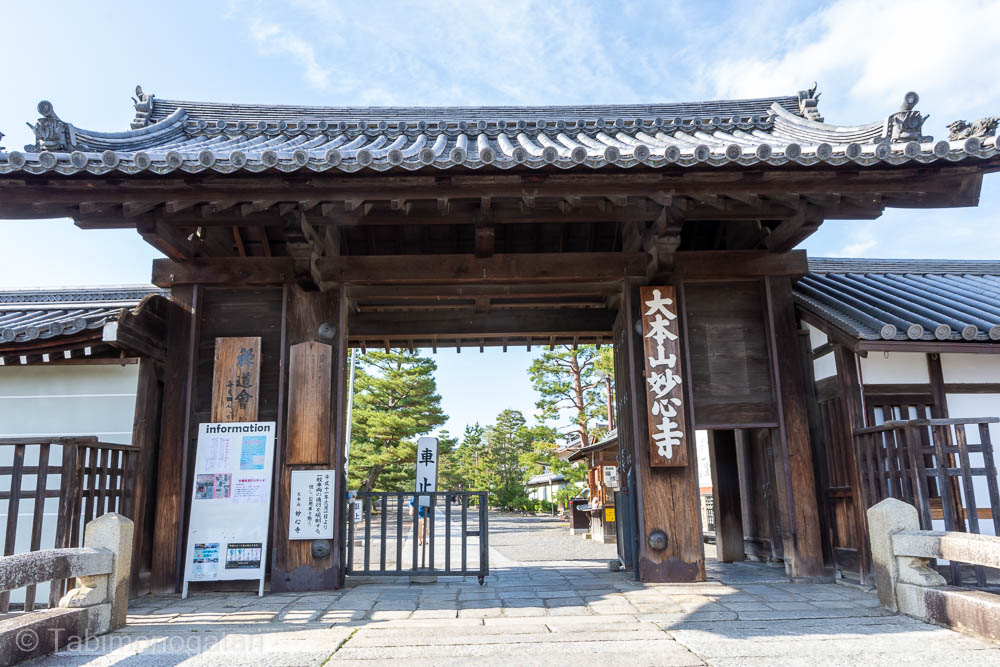
The temple has both a zen garden from the 15th century and a large Japanese garden from the Showa period you can walk through.
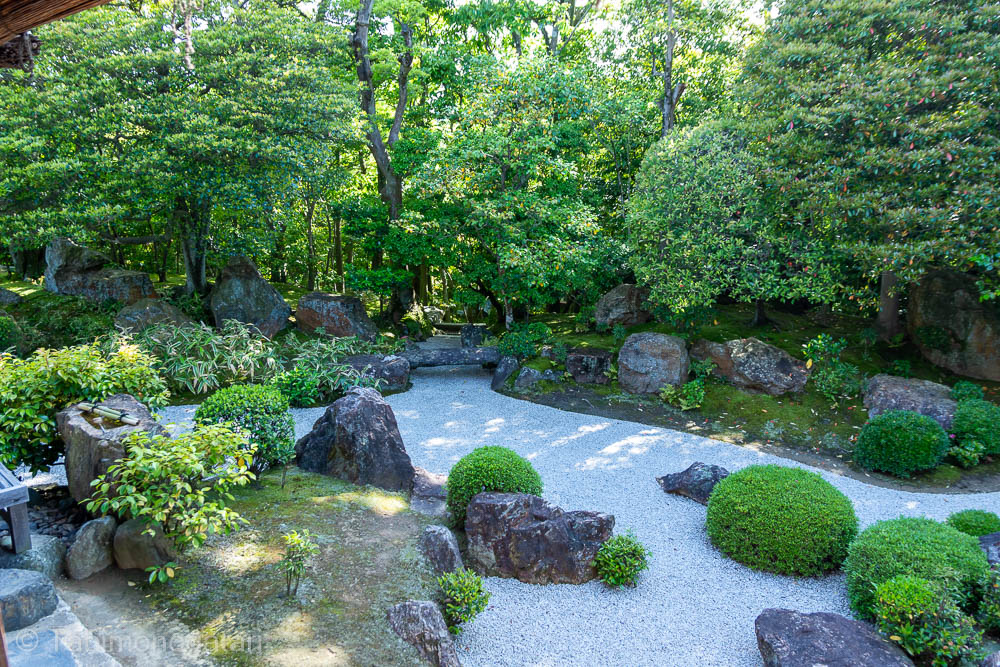
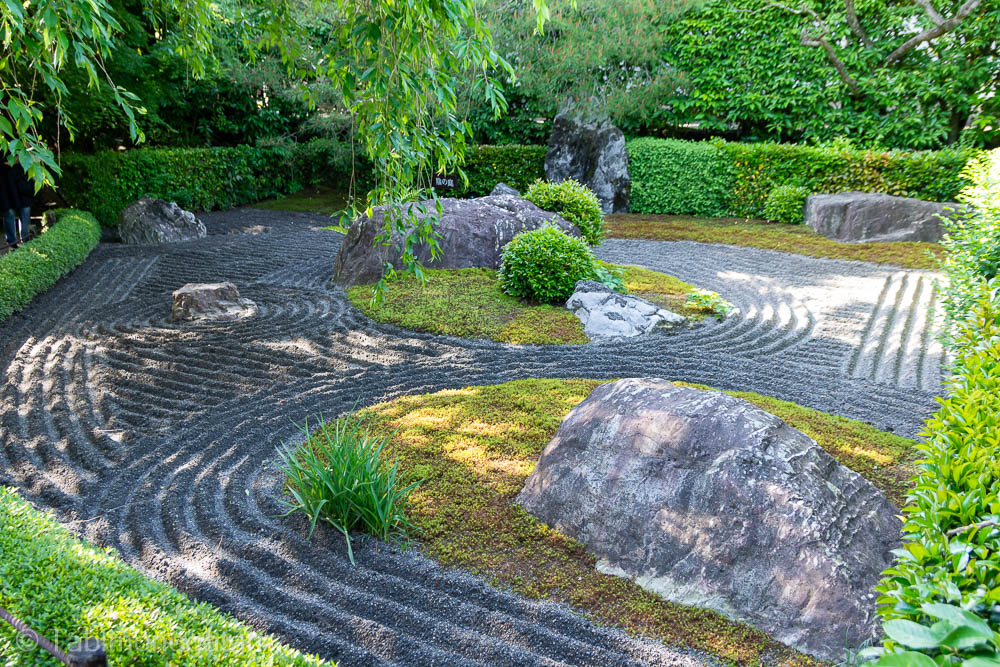
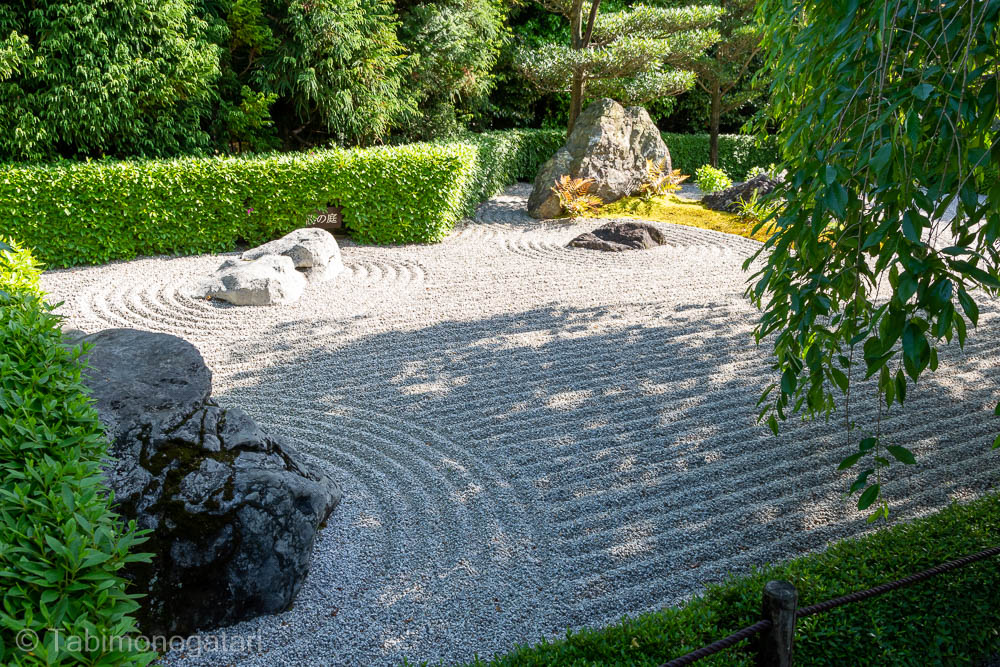
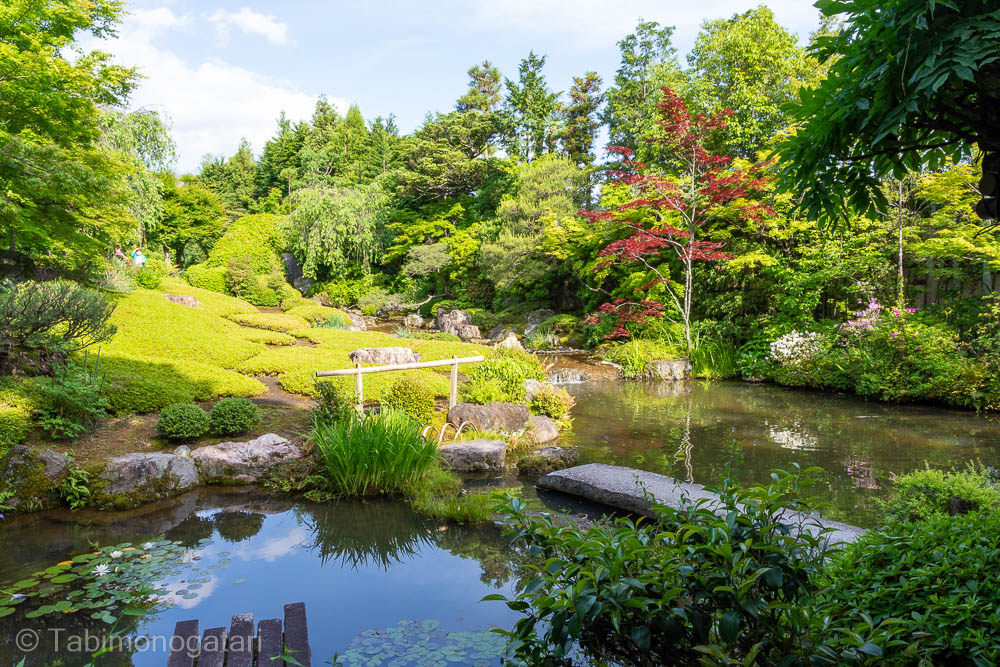
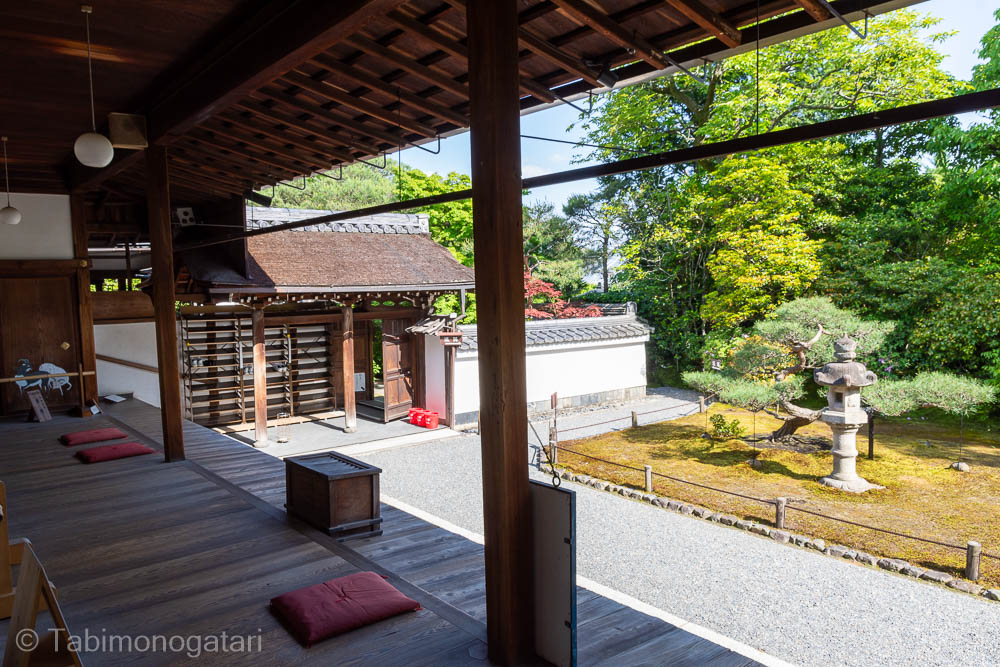
After seeing all these temples and walking for many hours it was already close to 5 pm and I was exhausted. If you start around 10 am you can see all these temples within a day before 5 pm when they close. If you took the bus there should be enough time and energy left to continue North from Myōshin-ji to see Ryoan-ji, Ninna-ji and Kinkaku-ji.